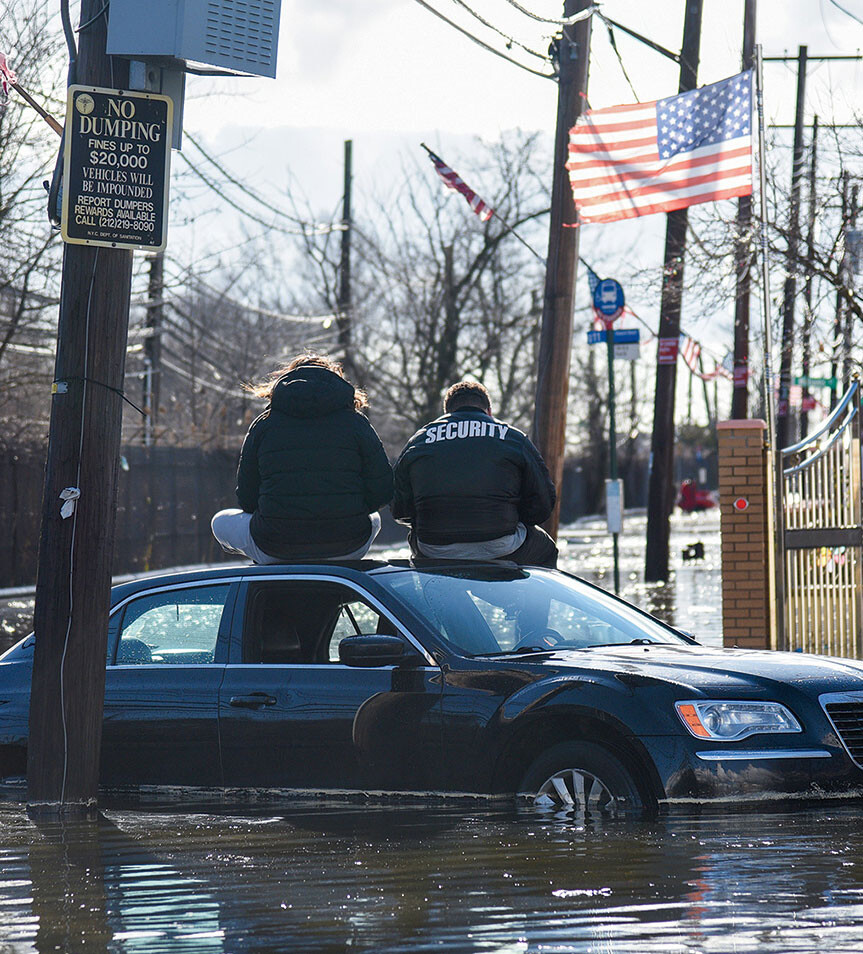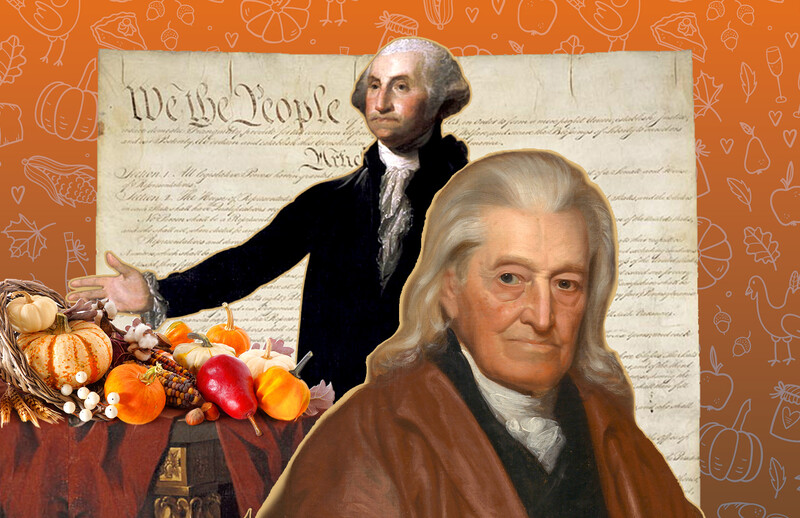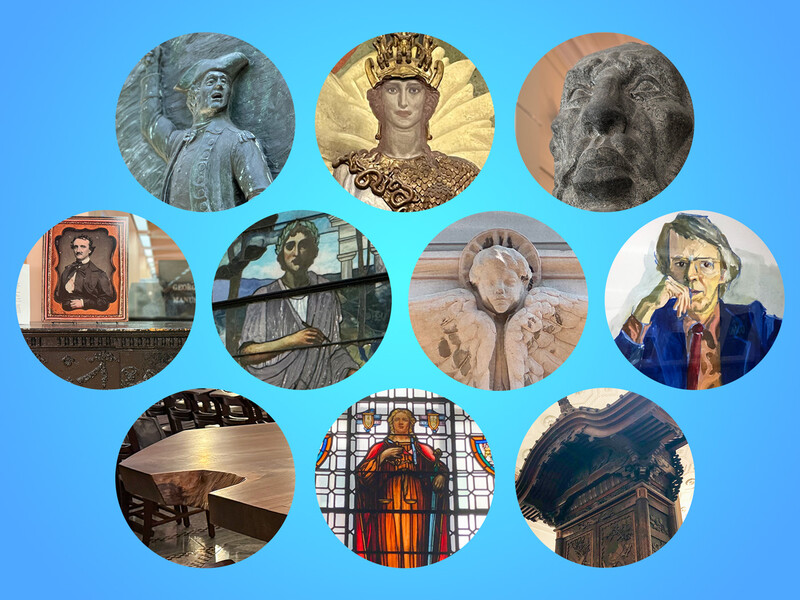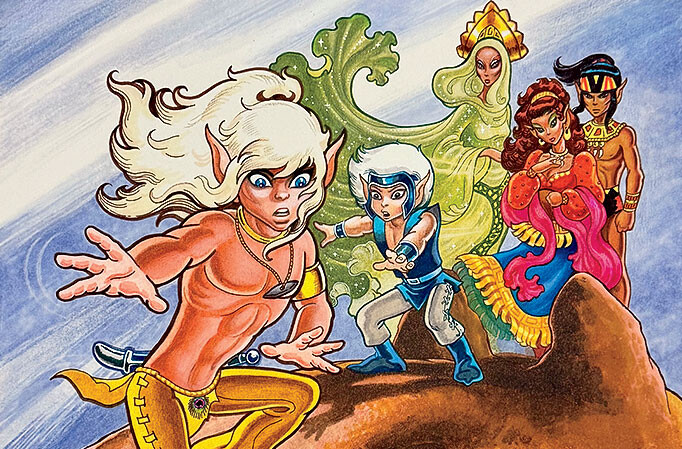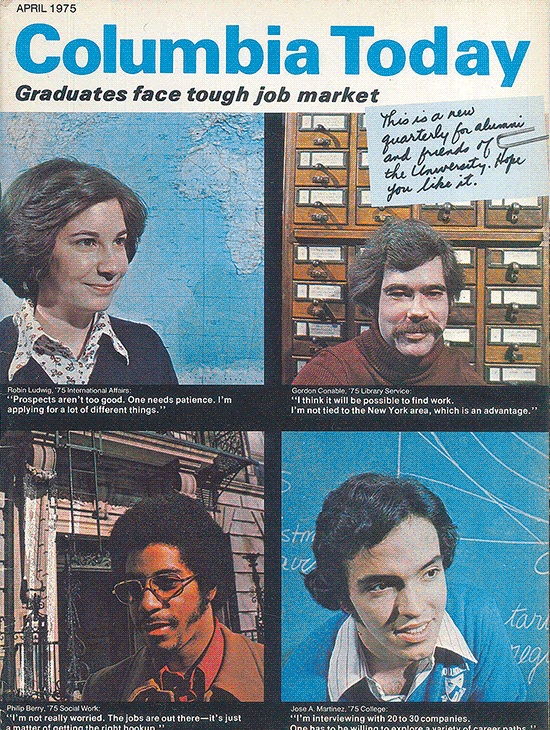
We celebrate this half-century milestone with a look back at some of the memorable and defining moments captured in our pages.
THE FIRST ISSUE
Perhaps 1975 was not the most auspicious year to launch a magazine. New York City was on the brink of bankruptcy, University enrollment was only just beginning to recover after the turmoil of 1968, and Columbia’s Trustees were entertaining proposals to restructure the University to make it more financially secure. And yet in April, Columbia Today, as the magazine was then known, debuted with a mission that seems even more urgent in our current times. “With all the problems that privately supported universities face today — problems that challenge their very existence — and with the uniquely important contributions such institutions make to the welfare of all society, it is imperative that alumni and friends be kept aware of these contributions and the struggle to continue them,” wrote President William McGill ’70HON in the inaugural issue, expressing hope that the new magazine would “provide a glimpse of what we are seeking to preserve and strengthen.”
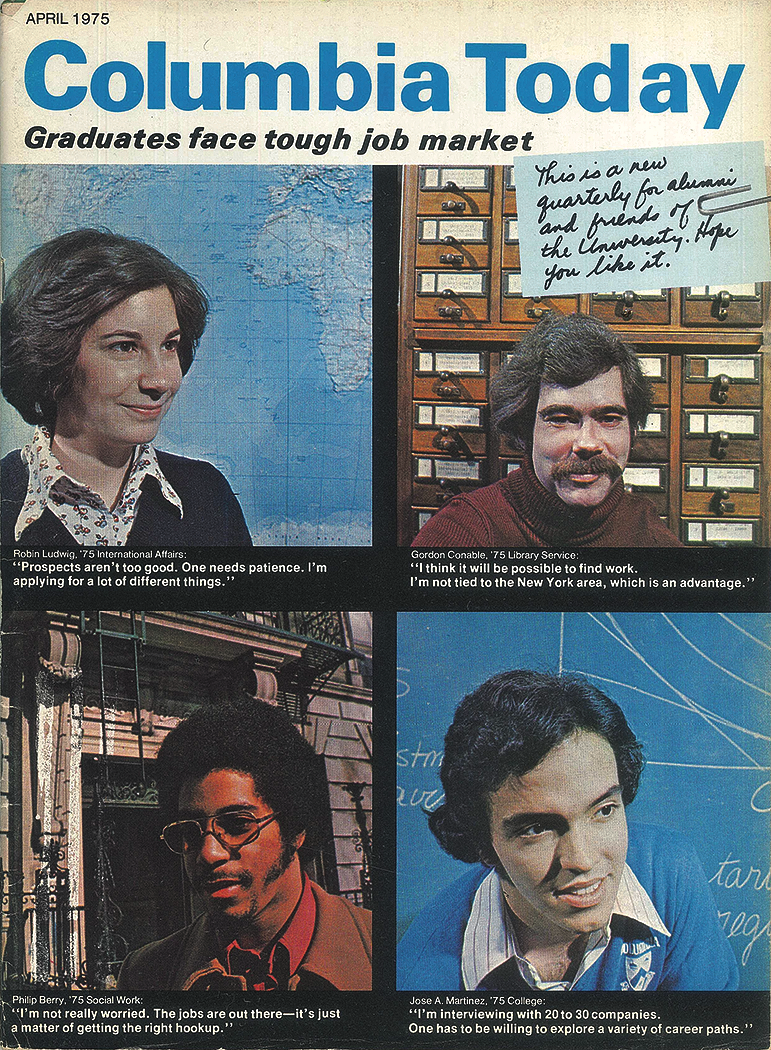
NOTORIOUS RBG
An APRIL 1975 profile of Ruth Bader Ginsburg ’59LAW, ’94HON, the first woman to become a tenured professor at the law school, lauded her as “Columbia’s leader in the legal battle against sex-based discrimination.”
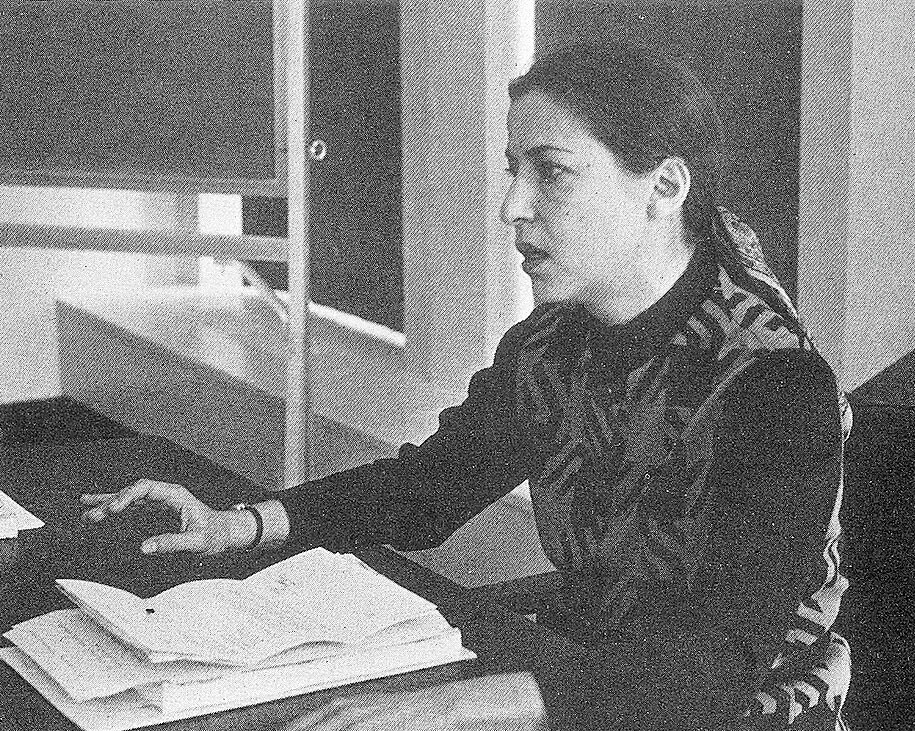
EQUAL OPPORTUNITY SWIMMING
In JUNE 1976, we reported on Annemarie McCoy ’79SEAS, an undergrad who, as a student at Columbia’s School of Engineering and Applied Science, found herself ineligible to join the Barnard swim team — the only women’s team on campus at that time. Thanks to Title IX, the 1972 law guaranteeing equal opportunity for women in sports, McCoy joined the men’s team instead.
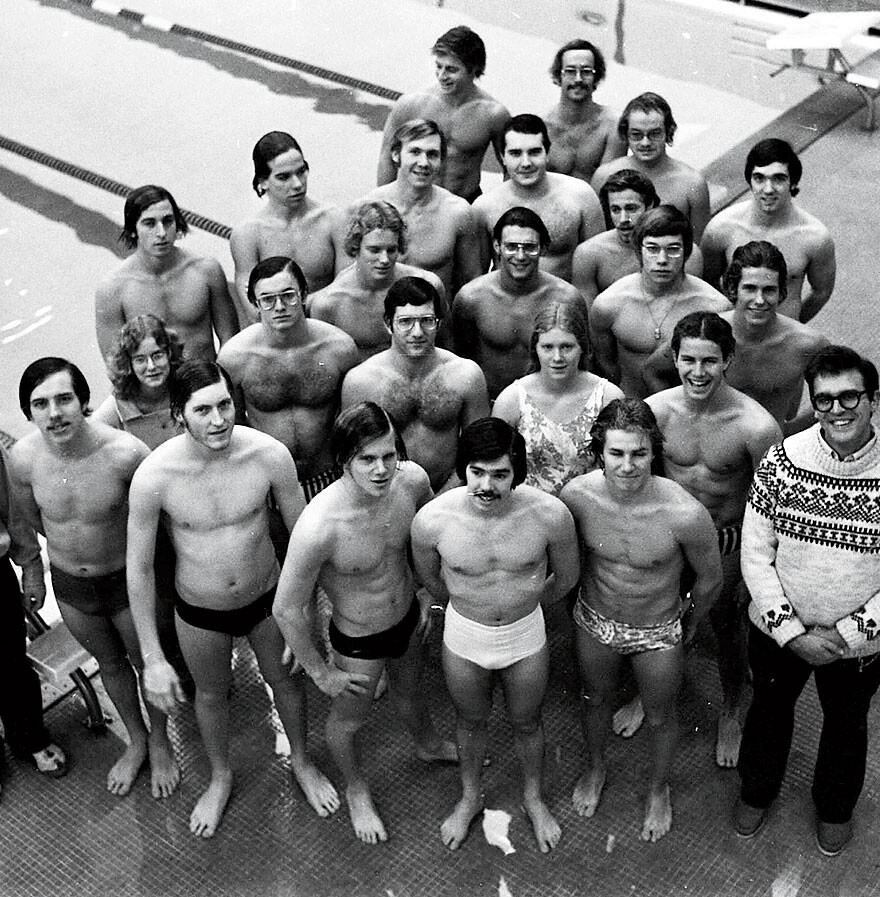
BREAKING BARRIERS
The push for gender equality reshaped higher ed in the 1970s, and we published many stories about efforts to hire and promote women faculty and integrate women thinkers into the curriculum. At the same time, Columbia researchers explored ways to expand opportunities for women in society. In a JUNE 1977 interview, social scientists Sheila Kamerman ’73SW and Alfred Kahn ’46GSAS, ’52SW proposed a policy later widely endorsed by experts but which the US has yet to enact: mandatory paid maternity leave.
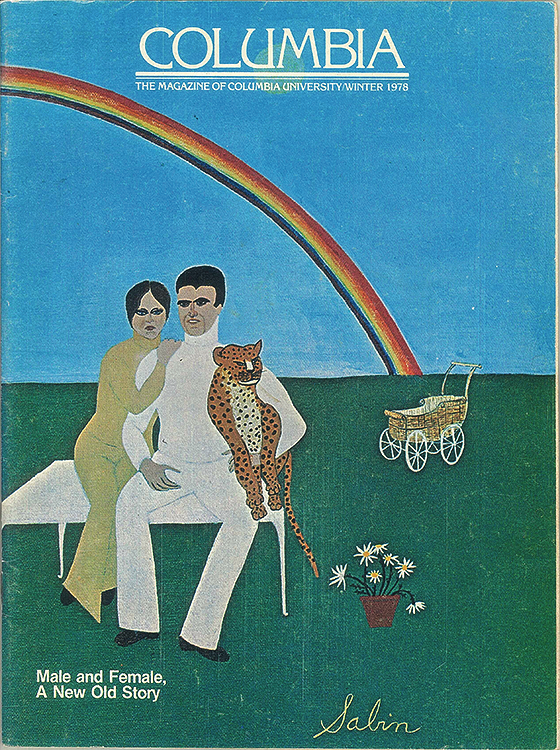
“It’s quite likely that the problem of containing local conflicts will be much more difficult as a result of the sophisticated weapons we are now selling or transferring abroad.”
In our MARCH 1977 issue, Marshall Shulman ’48SIPA, ’59GSAS, ’92HON, a prominent diplomat and longtime director of the Harriman Institute, argued that America’s overseas arms sales would ultimately jeopardize its own security.

APING LANGUAGE
In one of the most ambitious (and controversial) studies ever on ape language ability, Columbia psychologists nurtured an infant chimp — Nim Chimpsky — like a human child and taught him American Sign Language. In WINTER 1977, we described the scientists’ efforts, which, despite high hopes at that time, would ultimately yield disappointing results and turn lead researcher Herbert Terrace into a skeptic of ape language studies. “It was clear that the chimp was very smart and was thinking, but, contrary to Descartes, he was thinking without language,” Terrace told us years later.
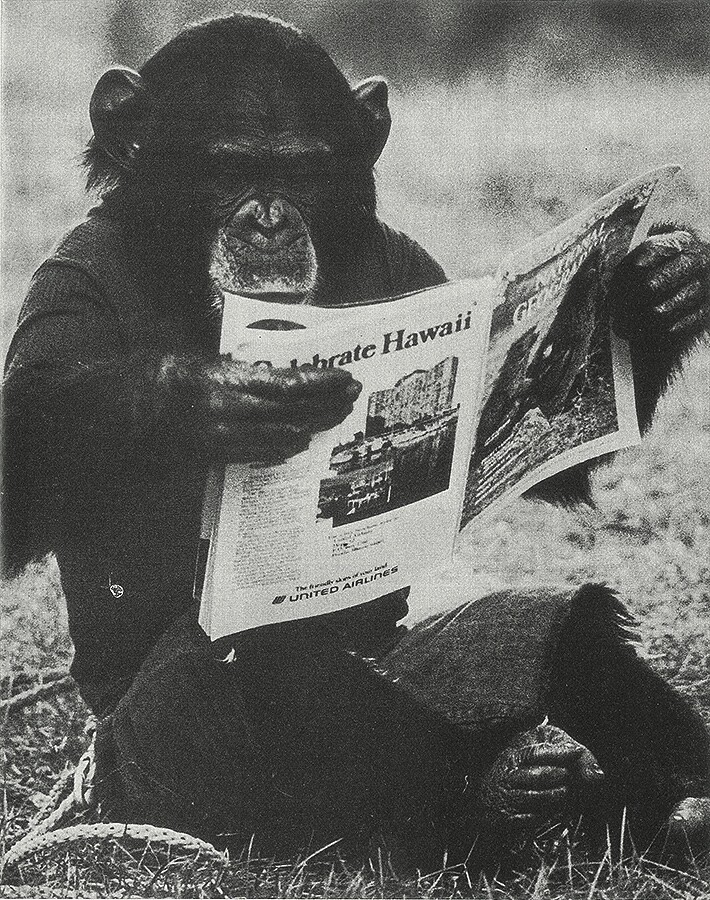
NEW HEIGHTS IN THE STUDY OF GEOLOGY
A decade after Columbia scientists led by Marie Tharp and Bruce Heezen ’57GSAS established our modern understanding of plate tectonics, faculty and students traveled to Switzerland to study the slow-motion collisions that created the Alps. “Guided by the geologist’s gift for finding delightful resting spots, we often took our lunches overlooking the vineyards of the upper Rhone Valley or the Mont Blanc massif,” expedition leader Ian Dalziel reflected in SUMMER 1979.
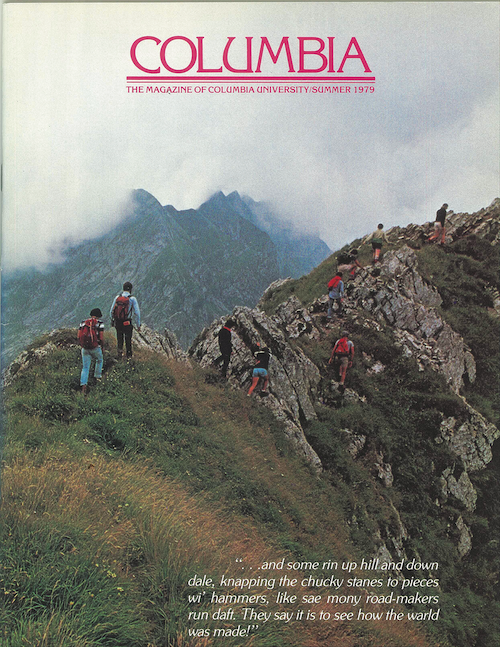
SMART AND STYLISH
“It’s a foregone conclusion that Columbia students are extraordinarily bright, but we consider it newsworthy that many men and women on campus are also attractive and poised,” observed an article on student fashion in our SUMMER 1980 issue.
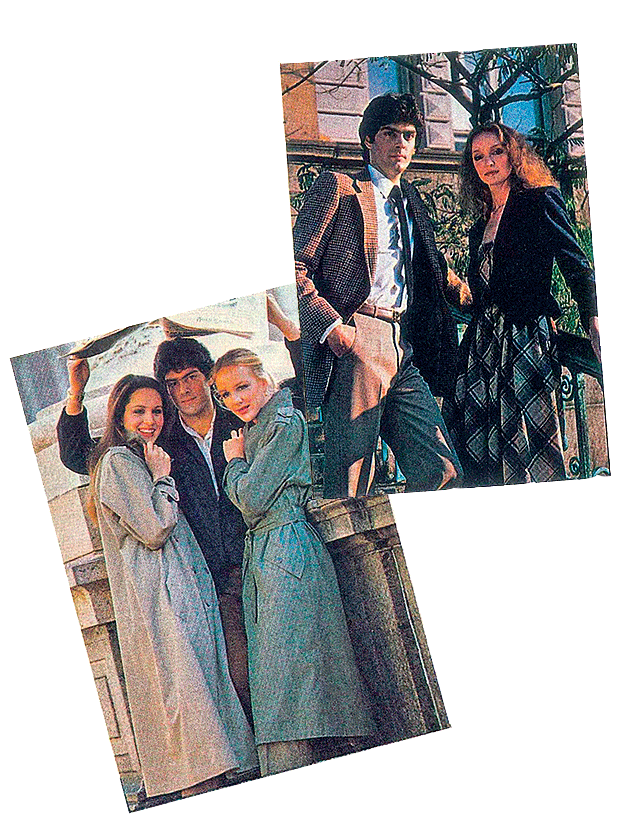
THE COED DECISION
Columbia entered a new era in 1983, when the College welcomed its first coed class. Our OCTOBER 1982 issue celebrated the upcoming change with a feature on the “One Hundred Years of Incertitude” leading up to the decision.
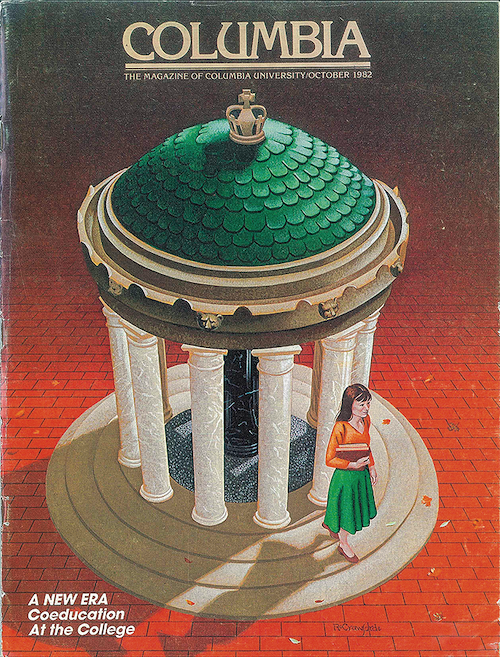
A TOWERING FEAT
Philippe Petit, best known for his 1974 walk between the Twin Towers, stretched his tightrope over Amsterdam Avenue in 1982 (without a net, as always) to honor the Cathedral of St. John the Divine. “He paused in his graceful walk only to bow to the dignitaries waiting for him on the platform where the south tower will soon rise above Morningside Heights,” we reported in our NOVEMBER 1982 issue.
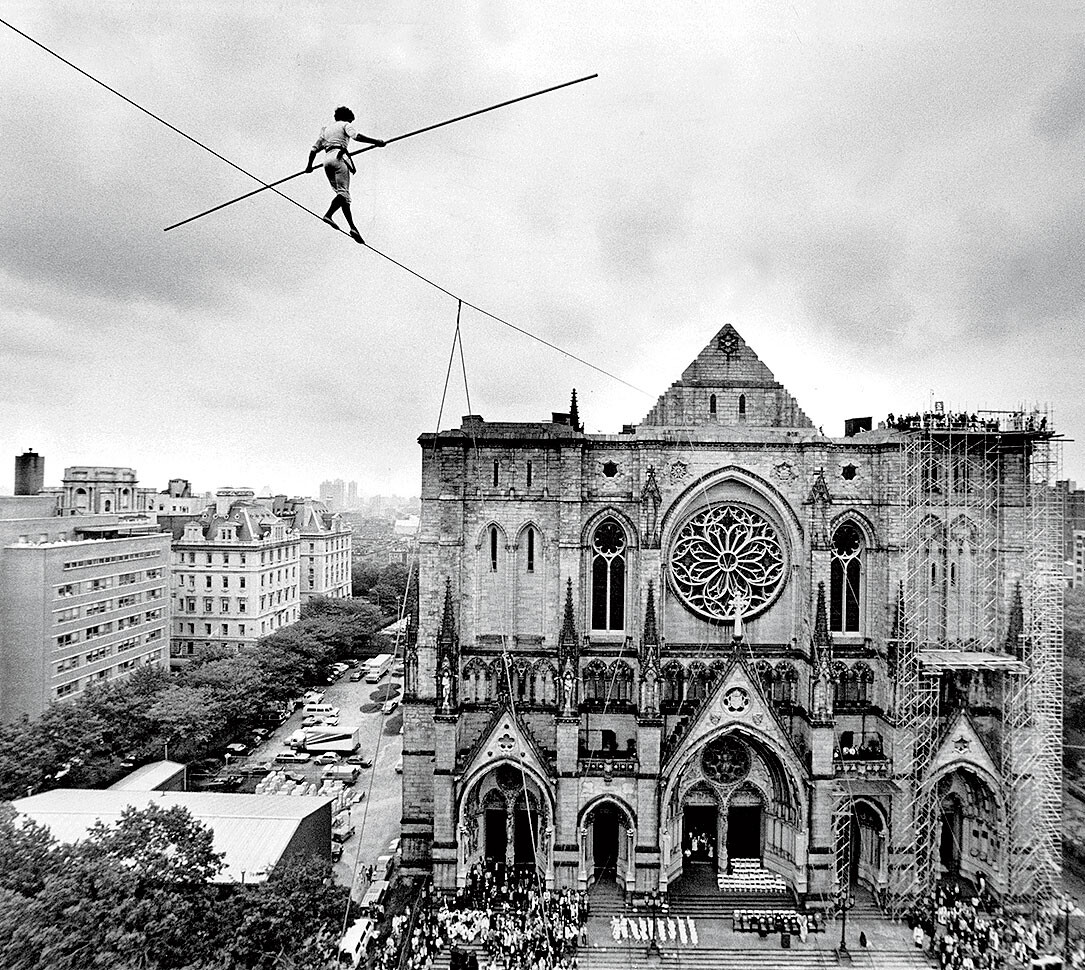
BRAIN TRUST
Eric Kandel and Richard Axel ’67CC are now seminal figures in neuroscience, but their ideas would have astonished many readers when we first wrote about them. Kandel told us in DECEMBER 1983 that his research on marine snails’ synapses might ultimately reveal how humans learn and form memories. Axel, who at the time was developing early gene-splicing techniques, described in our JANUARY 1983 issue how his innovations were enabling scientists to manipulate genes in individual neurons, paving the way for research and therapeutic breakthroughs.
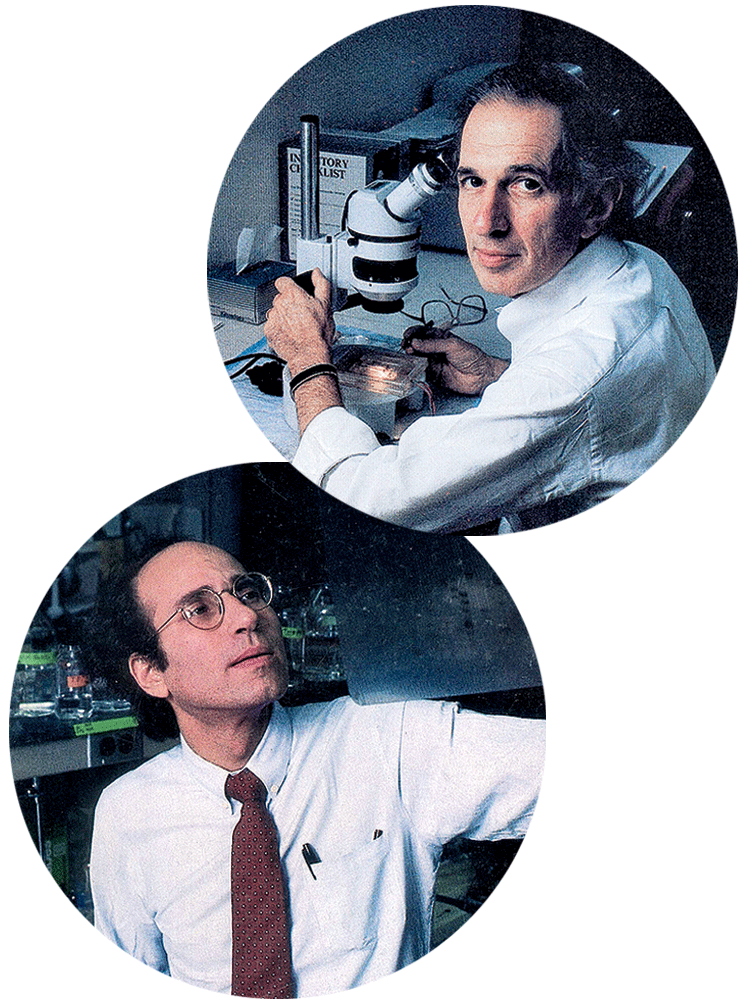
ANTICIPATING AI
The computer boom of the 1980s sparked both excitement and unease on campus, with scholars predicting that advanced technologies might one day solve all manner of social ills but also warning of the potentially corrosive effects of new media on politics and culture. Featured in our FEBRUARY 1984 issue were computer scientists John R. Kender, Kathleen McKeown, and Salvatore Stolfo, who were already laying the groundwork for modern artificial intelligence. The implications of their work, everyone seemed to agree, were vast. “When a machine can use up all the knowledge we have given it and use it systematically in ways that we cannot, and can make deeper inferences than we can,” asked author Pamela McCorduck ’70SOA, “then what will happen?”
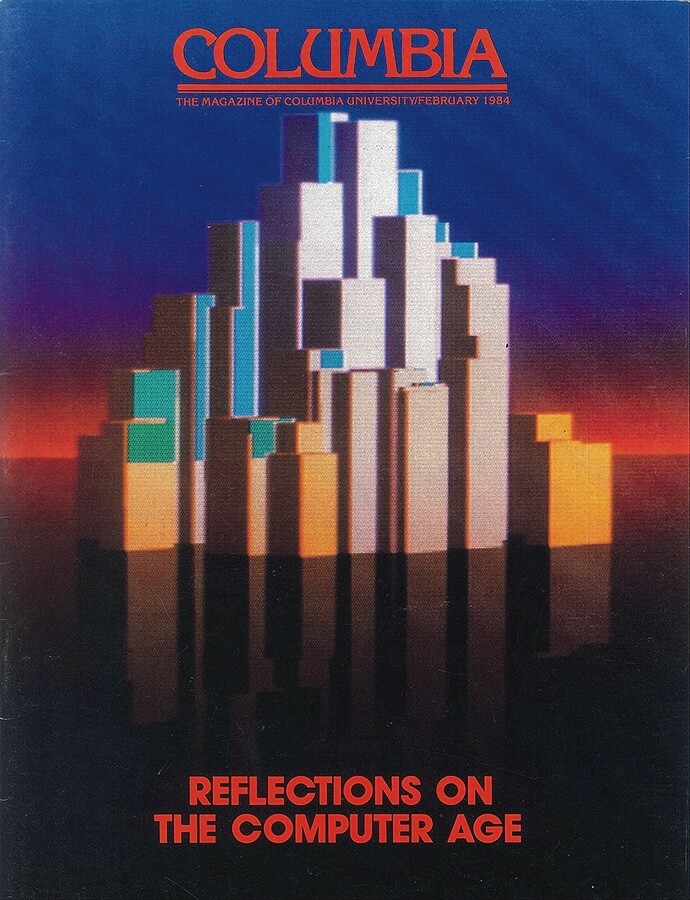
“Just as the wheel expanded our knowledge of the physical world, computers tempt us with adventures in the intelligible world of the mind.”
A prescient article in the FEBRUARY 1984 issue chronicled early breakthroughs in artificial-intelligence research.
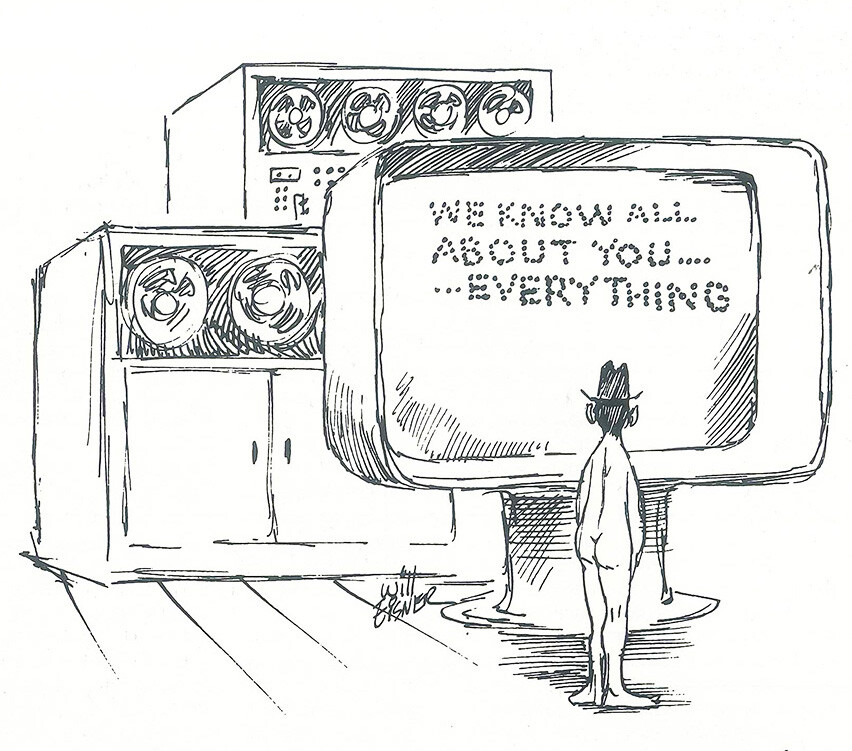
FERTILITY FOR ALL
Columbia researchers played a pivotal role in developing in vitro fertilization techniques, and in OCTOBER 1985 we showcased their efforts to make IVF safer, more effective, and more widely available. The Columbia University Fertility Center has since helped tens of thousands of people have children.
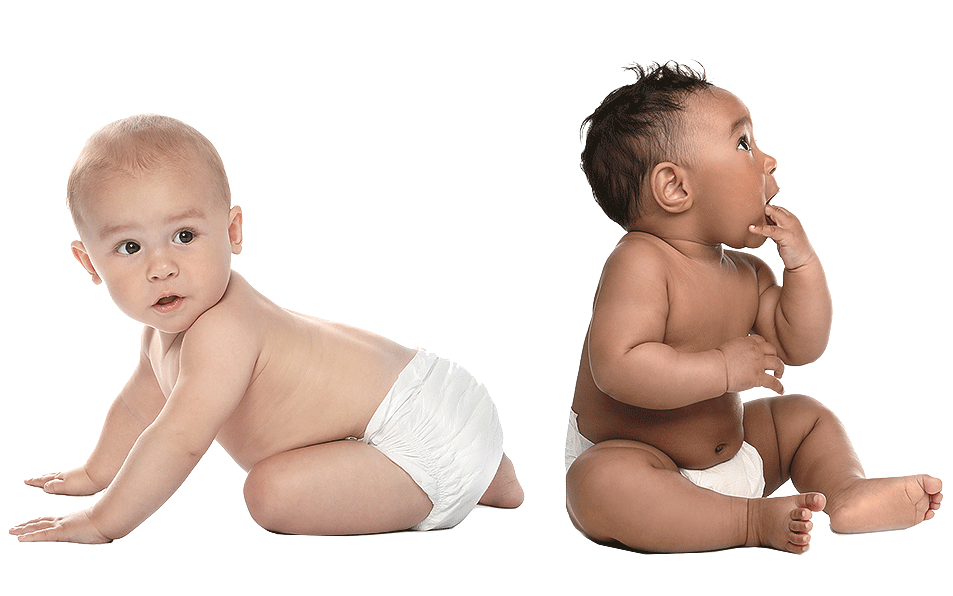
ARTISTIC APPEAL
Two 1987 advertisements from Columbia’s Office of Planned Giving featured original cartoons by The New Yorker’s Charles Saxon ’40CC.
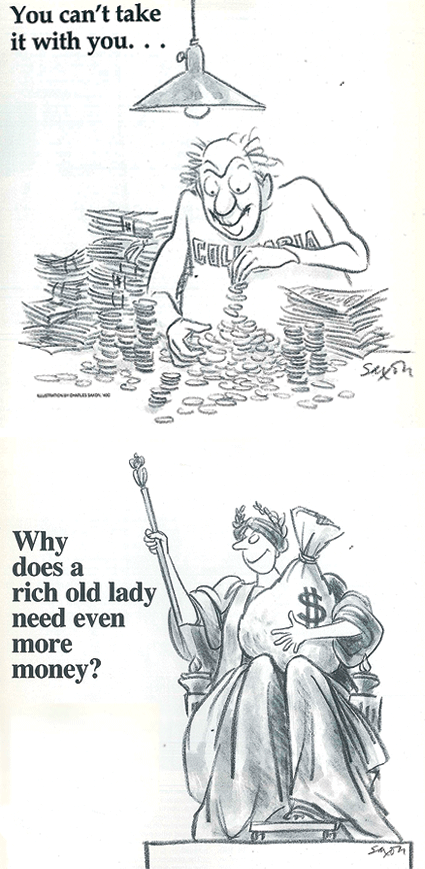
GENE HUNTER
Columbia geneticist Nancy Wexler’s quest to uncover the roots of Huntington’s disease was the subject of our NOVEMBER 1987 cover story. Later, after years spent studying families in rural Venezuela with high rates of the disease, Wexler would determine that it is caused by a mutation in a single gene called HTT. Her discovery, a landmark in genetics research, revolutionized scientists’ understanding of the condition and laid the groundwork for new diagnostics and treatments.
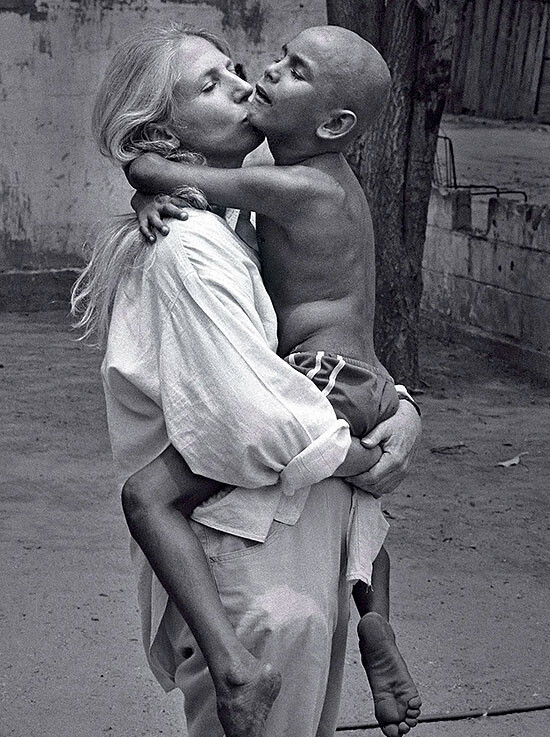
“Preoccupied with basic skills, we have produced a generation untutored in its own culture, reared on boring textbooks and ignorant of a shared heritage of literature and history.”
What Do Our 17-Year-Olds Know?, a report by education scholars Diane Ravitch ’75GSAS and Chester E. Finn Jr. excerpted in our DECEMBER 1987 issue, lamented the decline in the study of humanities.
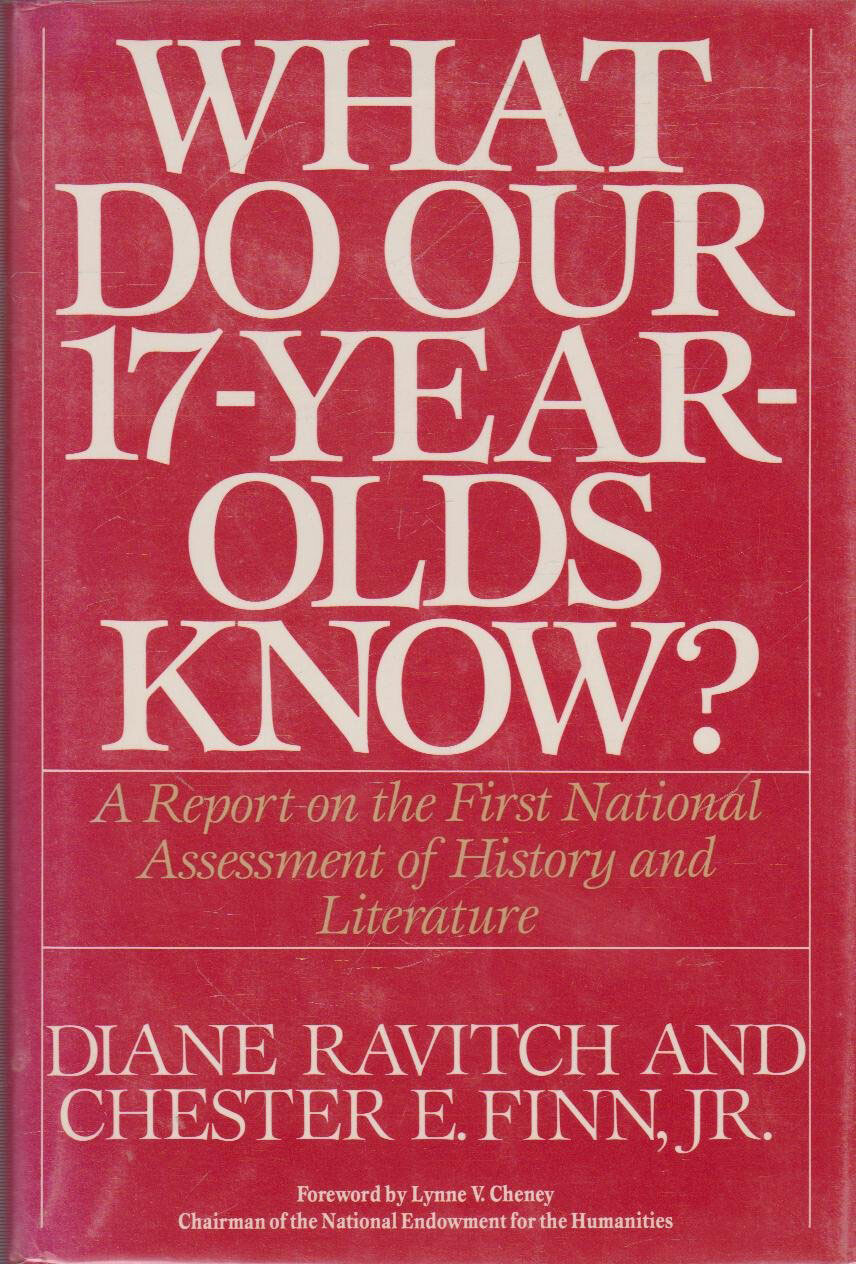
BEFORE HE WAS A STAR
Already an established science columnist, astrophysicist Neil deGrasse Tyson ’92GSAS was still a Columbia PhD student when he was profiled in our SUMMER 1991 issue.
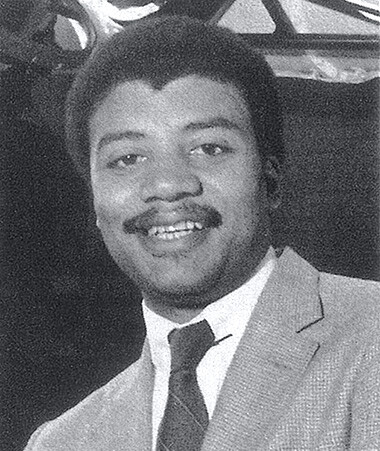
CLIMATE CLUES
One of our first detailed discussions of global warming came in WINTER 1992, when a team of tree-ring scientists led by Edward Cook concluded that the previous two decades had likely been the warmest in at least a millennium. “While the new findings do not prove a recent global warming trend,” we wrote, “they support the claim of a greenhouse effect.”
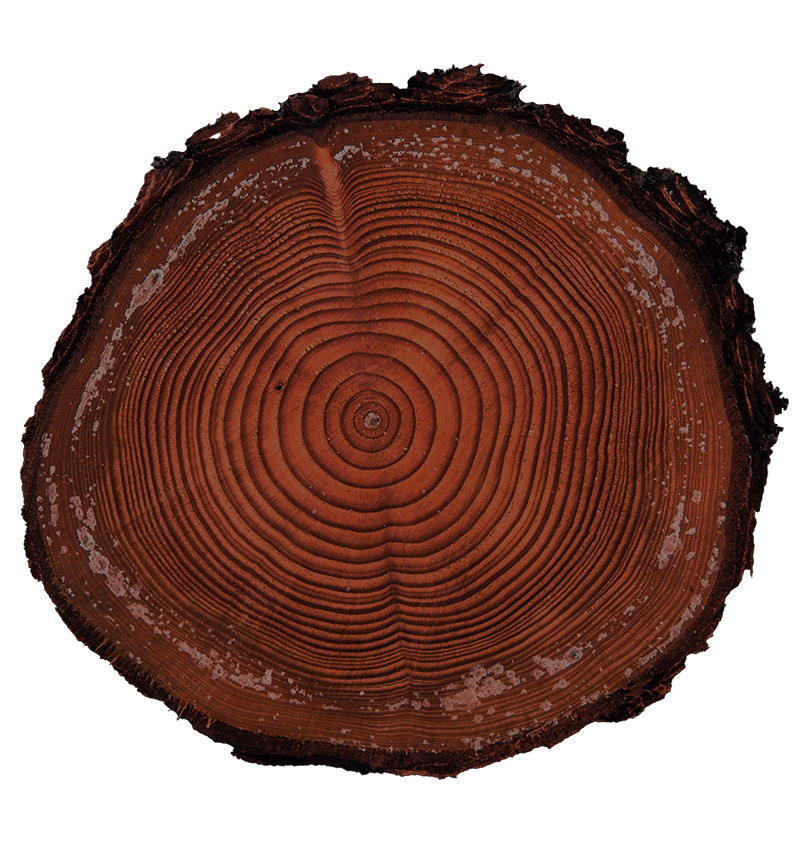
STAYIN’ ALIVE ON THE WEB
The Internet revolution was well underway on campus when Columbia IT specialist Joe Brennan ’73CC, ’82LS created a Web page listing every track by one of his favorite bands: the Bee Gees. In SUMMER 1996, we told the story of how band members Barry and Maurice Gibb caught wind of the project and invited Brennan to visit their recording studio.
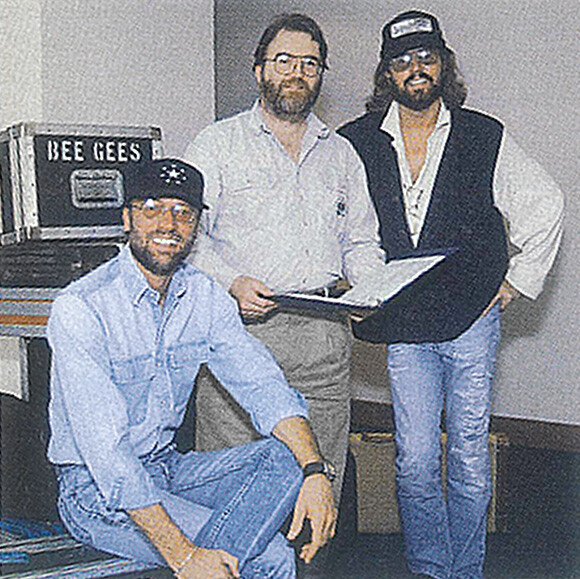
DON’T GET OUT OF DODGE
The WINTER 1996 issue covered a series of campus renewal projects, including a major renovation of the Dodge Fitness Center. An accompanying feature on Columbia’s increased community outreach highlighted programs like the Double Discovery Center, which continues to help local underserved high-school students prepare for college.
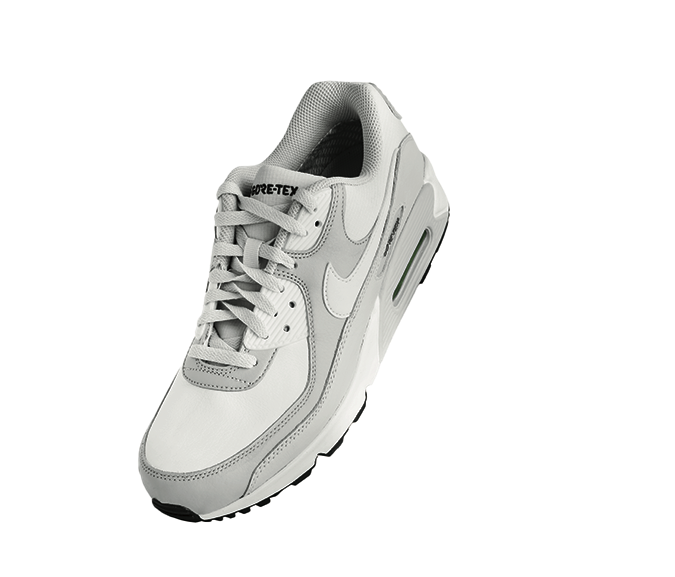
ROBO AT YOUR CALL
Joseph Engelberger ’46SEAS, ’49SEAS won the 1997 Japan Prize for his robotics inventions, including the HelpMate, designed to transport and deliver medication, meals, and records around hospitals. “The robot moves autonomously, even on and off elevators, and communicates with its own voice,” the magazine reported in FALL 1997.
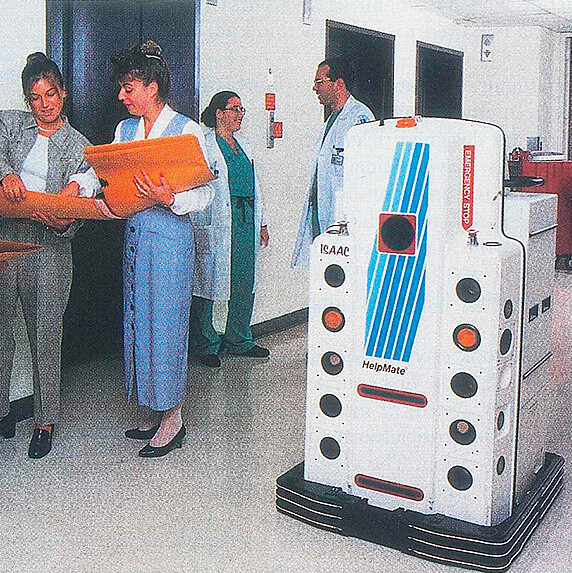
HIP-HOP HAPPENINGS
While hip-hop was experiencing its golden age in the ’90s, Columbians were taking notice. A story in the WINTER 1997 issue reported on Adam Mansbach ’98CC, ’00SOA, a student who launched a magazine, called Elementary, to offer a “decidedly intellectual and critical look at the hip-hop cultural phenomenon.” The article also featured the work of ethnomusicologist Dawn Norfleet ’97GSAS, who was completing her PhD dissertation on New York City’s vibrant hip-hop scene. “Like a great jazz saxophonist,” she told us, “a great rapper never misses a beat.”
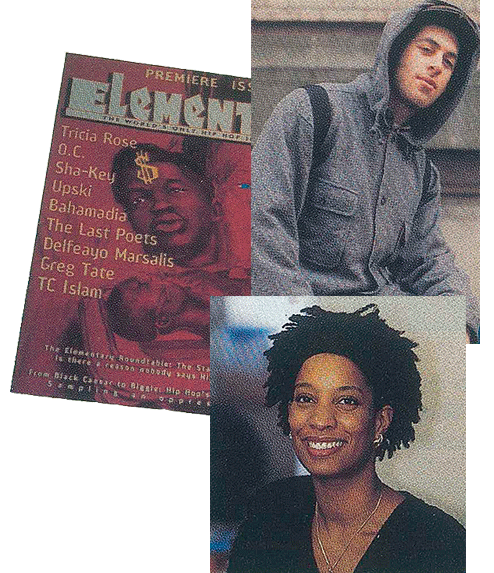
IN THE (SAFER) CITY OF NEW YORK
As Columbia’s reputation grew in the 1990s, the College began receiving record numbers of applications. “No doubt this growing popularity reflects a sea change in prevailing national attitudes about New York City, which is not the place it was even five years ago,” reported the magazine in a SPRING 1998 article on the reinvigoration of undergraduate life.
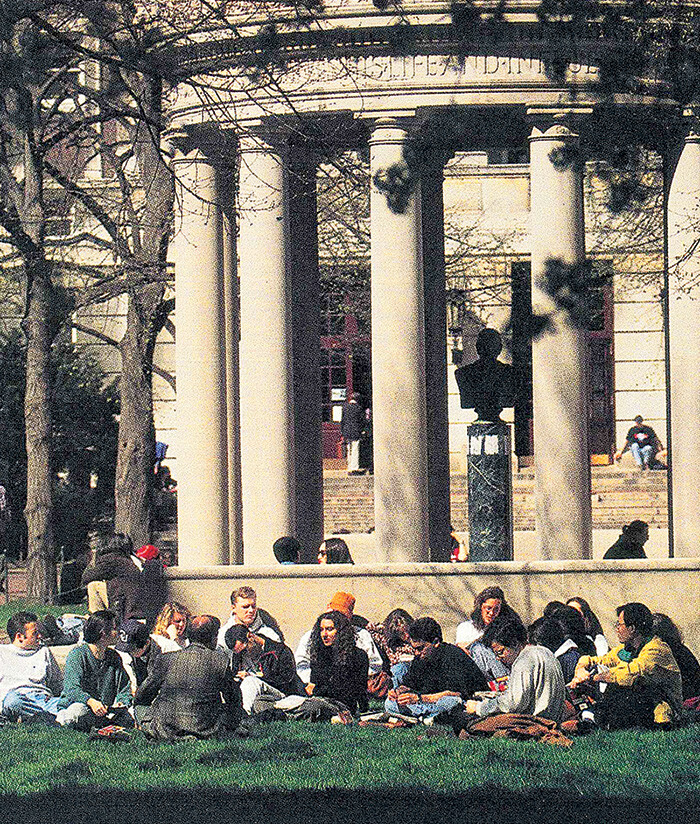
“To reach out and to work together to build communities that bridge divisions in our pluralistic world is a challenge worthy of the core values that Columbians over generations share.”
The magazine’s FALL 2001 issue, published shortly after the September 11 attacks, included a hopeful letter from outgoing University president George Rupp ’93HON.
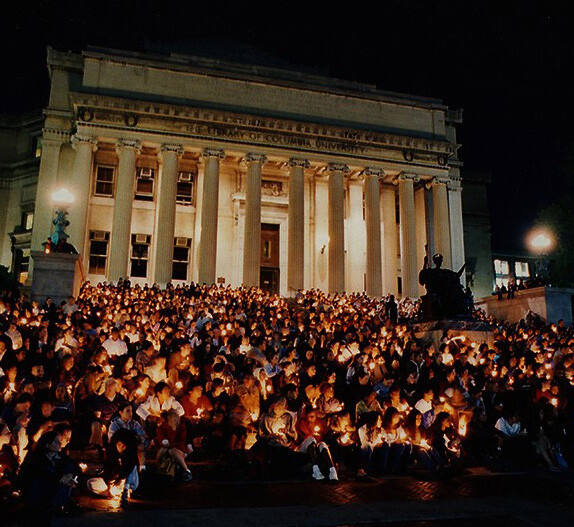
DIGITAL DIVE
At a time when research, course materials, and other university resources were going online, Columbia Magazine introduced its own Web-based edition in 2001.

A GLOBAL OUTLOOK
The WINTER 2004–05 issue, published during the escalation of the Iraq War, focused on world affairs at Columbia. An interview with former secretary of state Madeleine Albright ’76GSAS, ’95HON, a profile of Georgian president Mikheil Saakashvili ’94LAW, and coverage of the second annual World Leaders Forum signaled a growing international engagement that would lead to the establishment of eleven Global Centers in cities from Athens to Mumbai starting in 2009. Columbia World Projects, an initiative focused on combating poverty, climate change, and other world challenges, would be introduced in 2017.
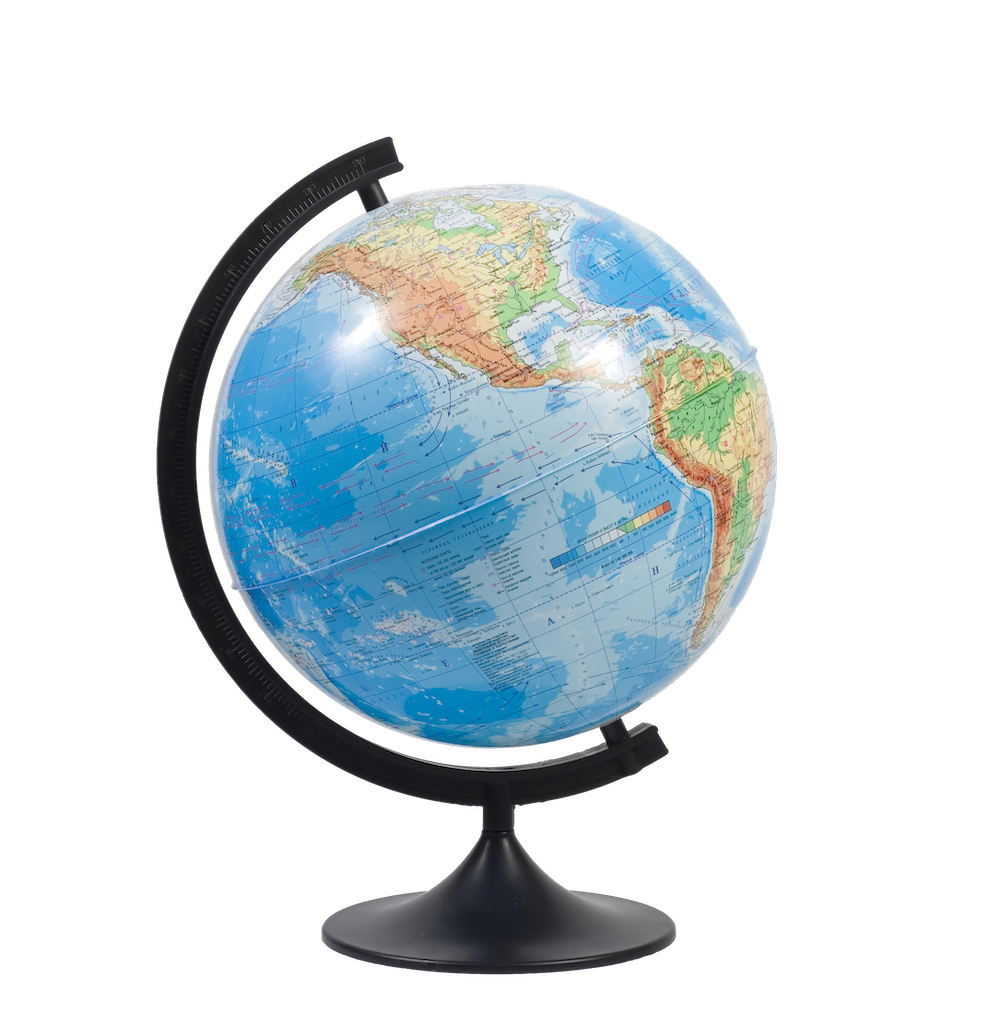
VAMPIRE DIARY
After playing its first show at the Battle of the Bands in Lerner Hall, Vampire Weekend exploded onto the indie-rock scene. In SPRING 2008, the magazine caught up with the alumni musicians — Ezra Koenig ’06CC, Rostam Batmanglij ’06CC, Chris Baio ’07CC, and Chris Tomson ’06CC — shortly after the release of their knockout debut album.

AN ALUM BECOMES PRESIDENT
In 2008, Barack Obama ’83CC became the first African-American — and the first Columbia graduate — to win the White House, a milestone reflected on our WINTER 2008–09 cover.
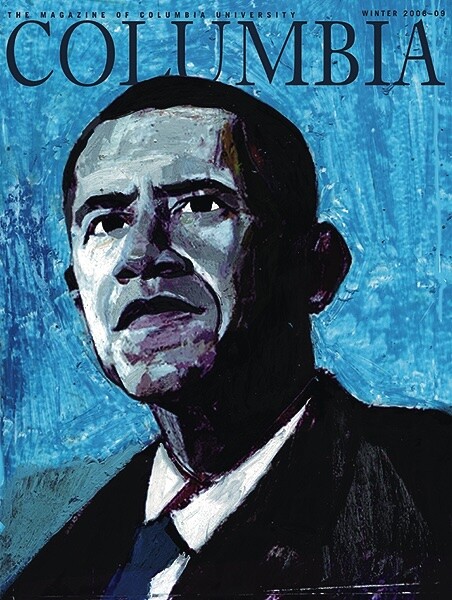
“It wasn’t radical by any means, but it was different from most campaigns in that it was very emotive and driven by ideas like hope as opposed to issues.”
In our WINTER 2008–09 issue, University provost Alan Brinkley commented on Barack Obama’s presidential run.
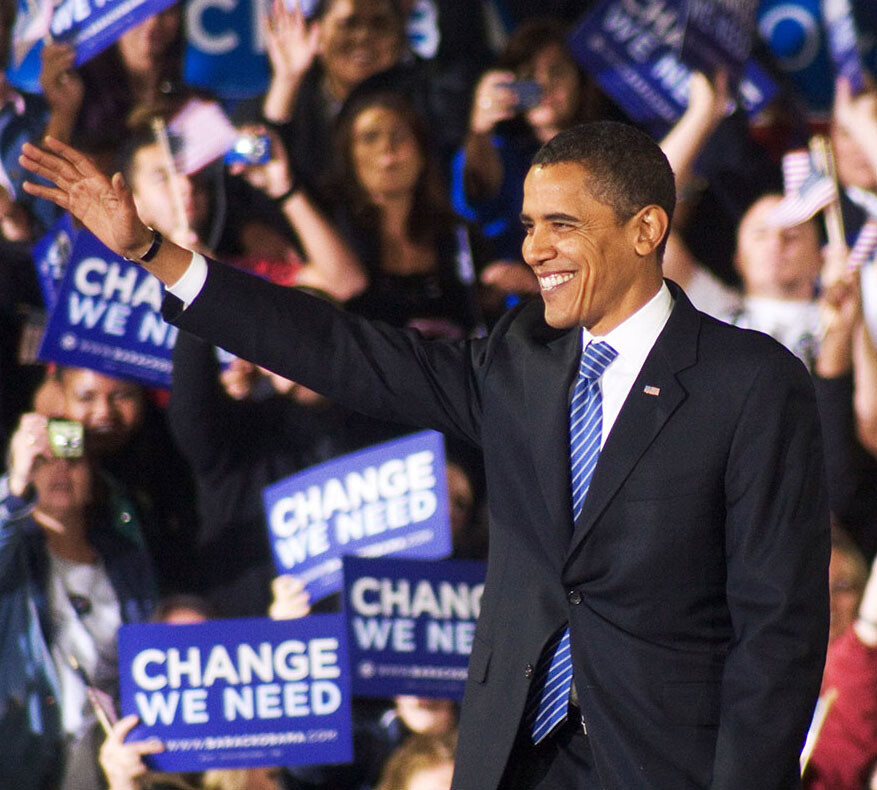
JOB-HUNT BLUES
The magazine covered the ongoing recession with a SUMMER 2009 feature on five alumni navigating a sluggish job market and drawing on their Columbia contacts to find work.
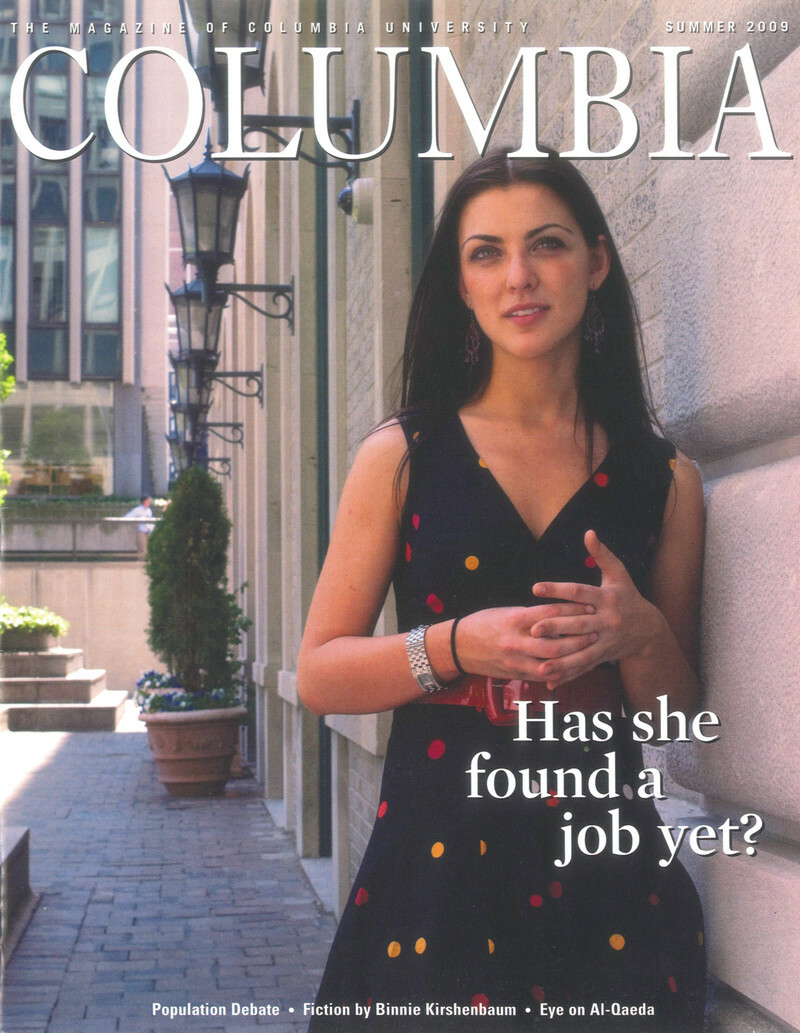
HURT SO GOOD
Our WINTER 2009–10 story on Kathryn Bigelow ’81SOA, director of the Iraq War drama The Hurt Locker, was published shortly before Bigelow became the first woman to win an Oscar for best director. The Hurt Locker also won best picture.
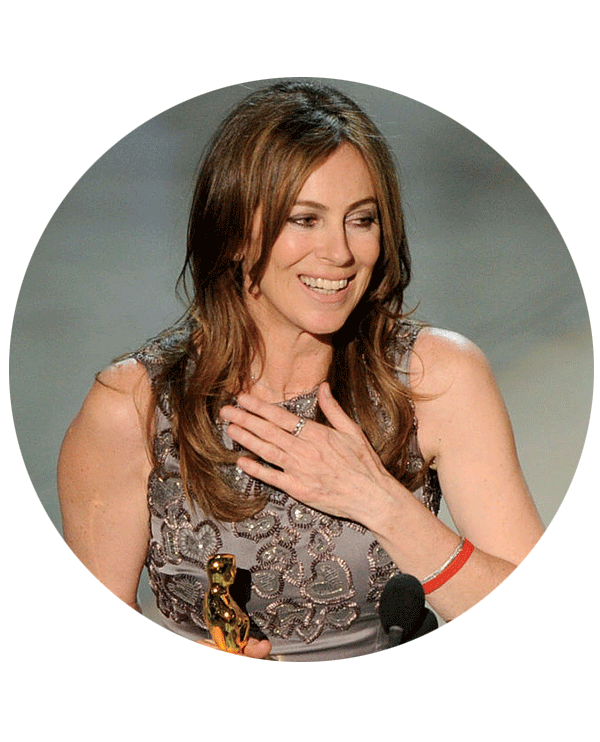
MARABLE'S MESSAGE
Manning Marable, the pioneering scholar of Black studies at Columbia, died in April 2011, just days before his biography of Malcolm X was published. Our SUMMER 2011 cover story honored his legacy and chronicled the strong reactions to his book, which won the Pulitzer Prize in history.
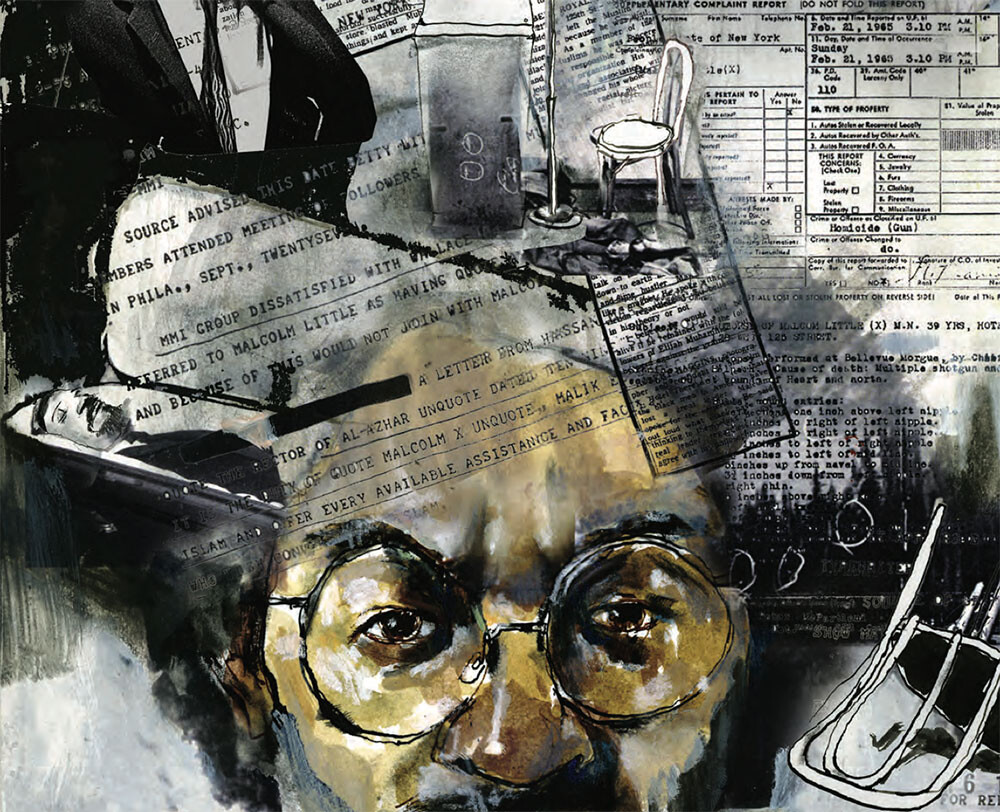
AFTER THE DELUGE
When the going gets tough, Columbians show up. A feature from the WINTER 2012–13 issue followed a group of Columbia faculty around the city in the wake of Superstorm Sandy as they assessed the damage, discussed the role of climate change, and proposed solutions.
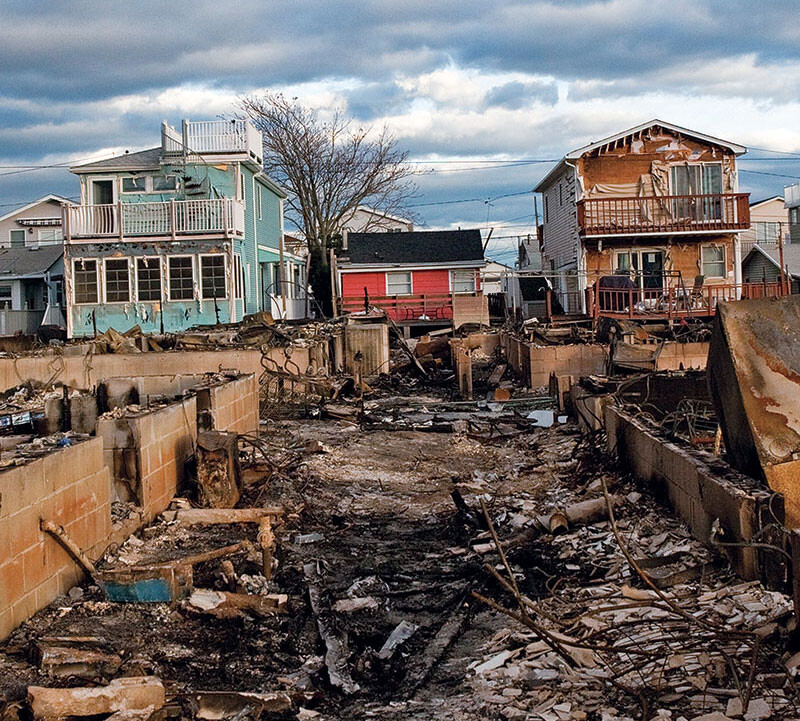
HAIR YE, HAIR YE!
An original cartoon by The New Yorker’s Ed Koren ’57CC in our SPRING 2014 issue honored the Columbia Campaign and featured Koren’s signature frizzy characters.
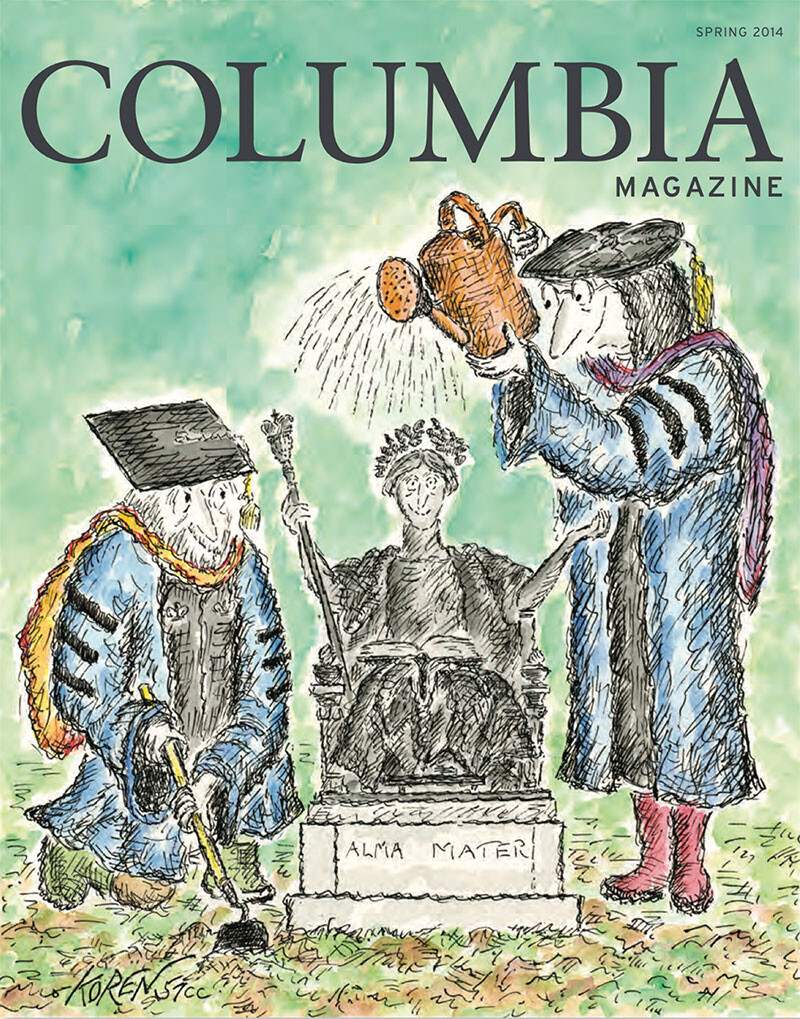
COLUMBIA MEANS BUSINESS
We highlighted the business school’s growing investment in entrepreneurship with a FALL 2014 cover story on the Columbia Startup Lab, the newly formed incubator for students and alumni in SoHo. Featured startups like deCervo (formerly Neuroscout), cofounded by Jordan Muraskin ’07SEAS, ’14SEAS, and Sailo, cofounded by Delphine Braas ’14BUS and Adrian Gradinaru ’14BUS, are still going strong today

RESPONDING TO EBOLA
A feature in the WINTER 2014–15 issue followed Columbians racing to stem the Ebola crisis in West Africa, including a Columbia doctor and an alum who were stricken during the outbreak.
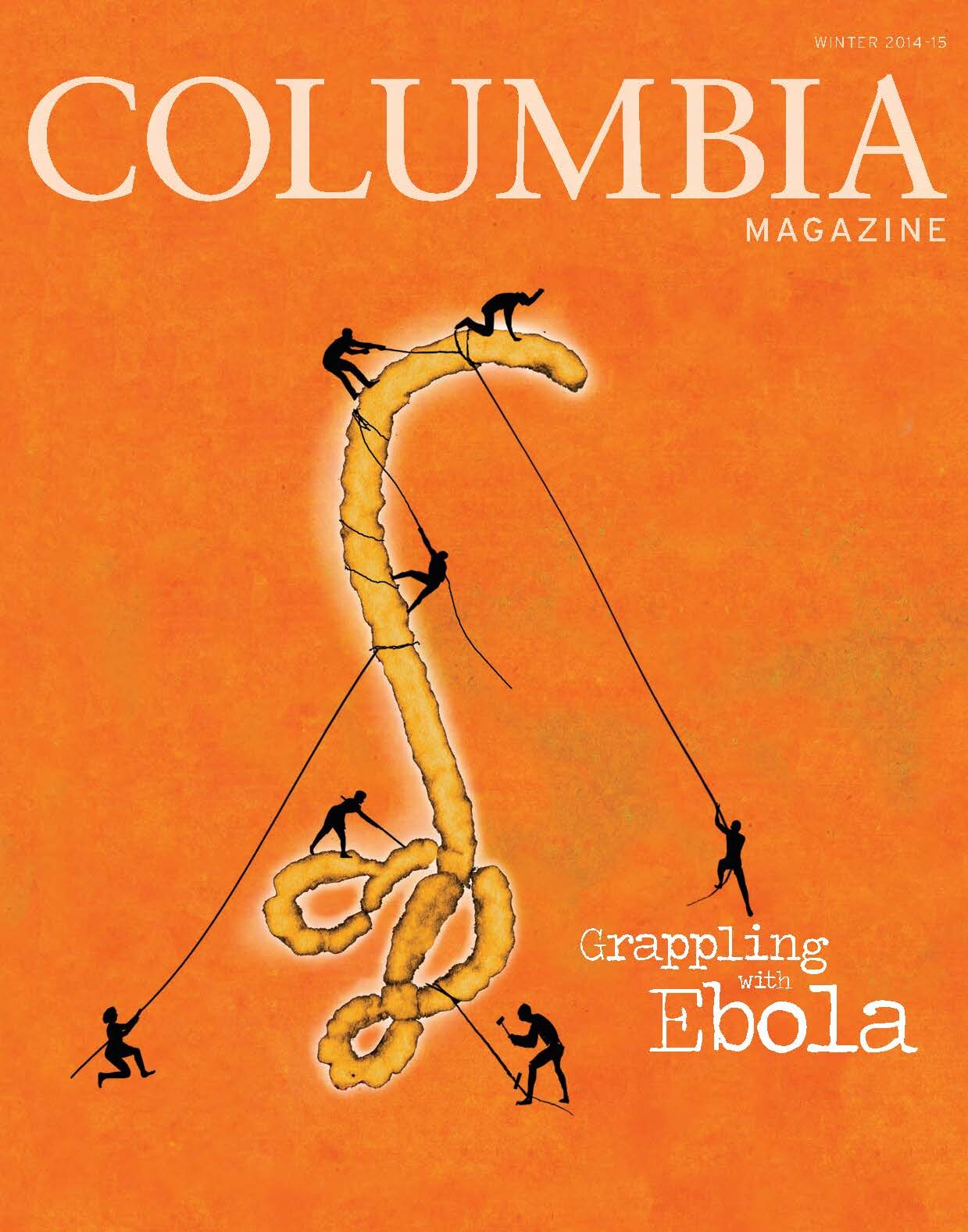
OLD FRIENDS
When college pals Sanford Greenberg ’62CC, ’67BUS and Art Garfunkel ’65CC met again on campus in 2016, the magazine was there to capture them seated on Low Plaza, like bookends. We told the poignant, surprising story of their long friendship in our SUMMER 2016 issue.
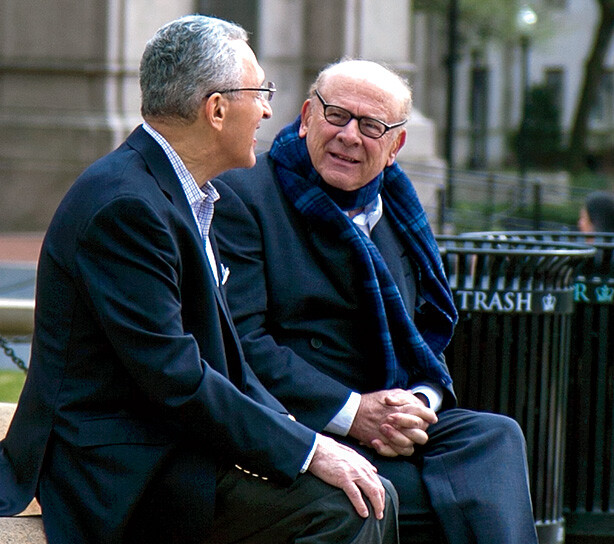
MANHATTANVILLE MOVES
First announced in 2003, Columbia’s new Manhattanville campus finally opened in SPRING 2017 with the Jerome L. Greene Science Center and Lenfest Center for the Arts. “How do you create a campus that projects a sense of dignity and trustworthiness without being guarded?” architect Renzo Piano ’14HON pondered in an essay on the open nature of the new campus.
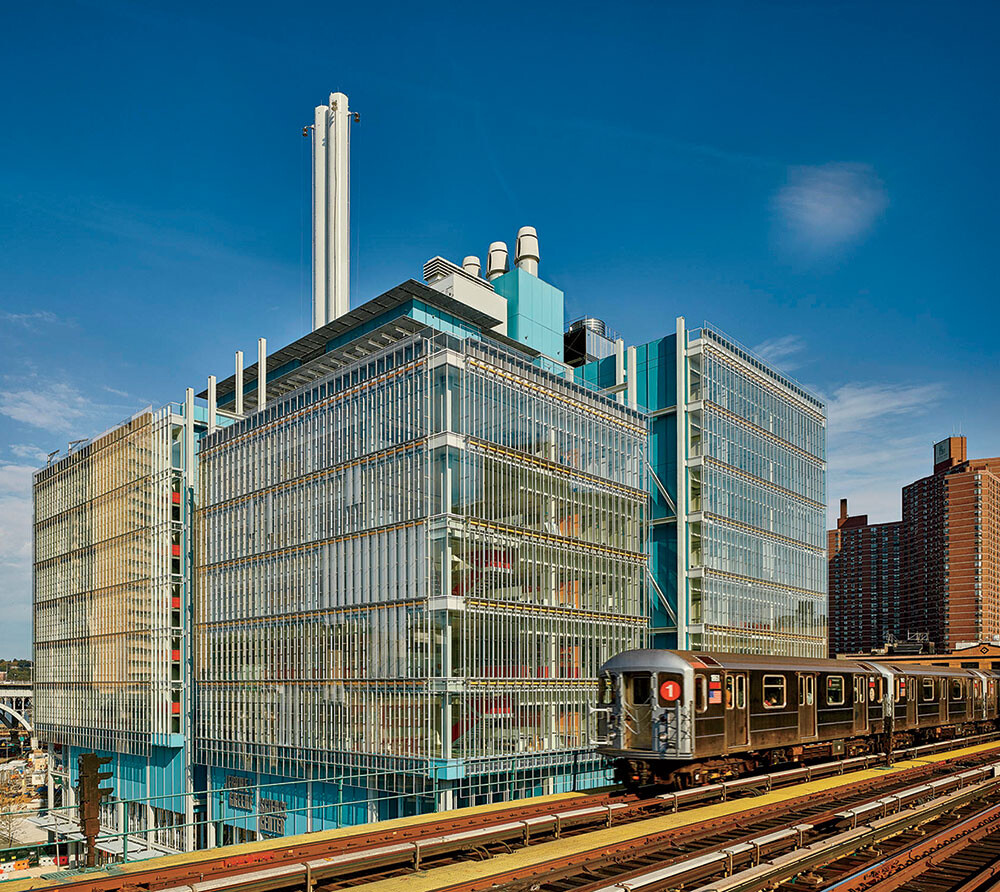
GRAPHIC ADVENTURES
A SUMMER 2017 profile of Columbia comics curator Karen Green ’97GSAS, presented in the style of a graphic novel and illustrated by Nick Sousanis ’14TC, won the Will Eisner Comic Industry Award for best short story.
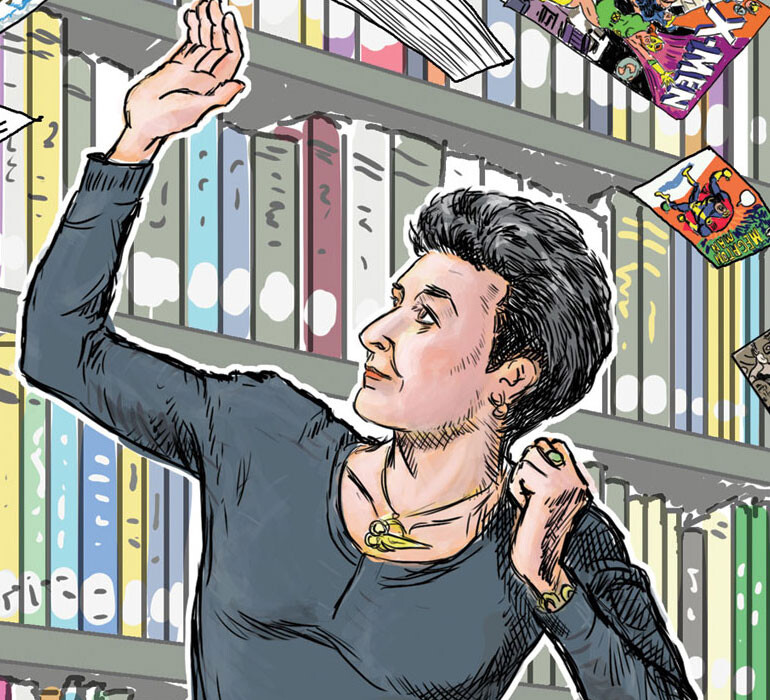
FROM DINER TO DONOR
Our FALL 2018 profile of P. Roy Vagelos ’54VPS, ’90HON told the story of his humble beginnings in Rahway, New Jersey. As a kid in the 1940s, Vagelos worked at his immigrant parents’ diner, in the shadow of the nearby Merck plant. Years later, he became CEO of Merck and, later still, one of Columbia’s greatest benefactors. In 2017, Vagelos and his wife Diana ’55BC gave $250 million to Columbia to make the Vagelos College of Physicians and Surgeons the first medical school in the nation to offer debt-free tuition. Last year, the couple gave $400 million for biomedical-science research and education.
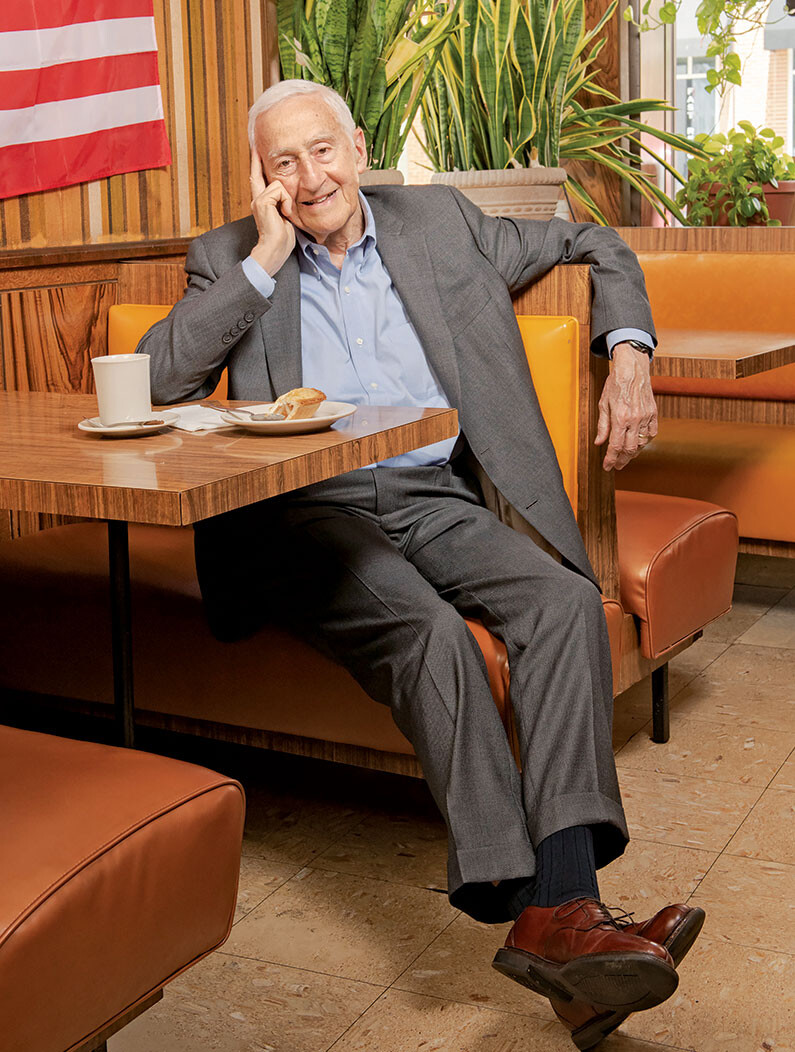
ONLINE UPGRADES
A redesigned website in 2018, followed by the introduction of a monthly email newsletter, carried the magazine further into the digital age. Exclusive online-only stories about the rise of Ozempic, the health effects of cannabis, and alumni celebrities, as well as a Q&A with an alumna member of the Church of Satan, have been huge hits.
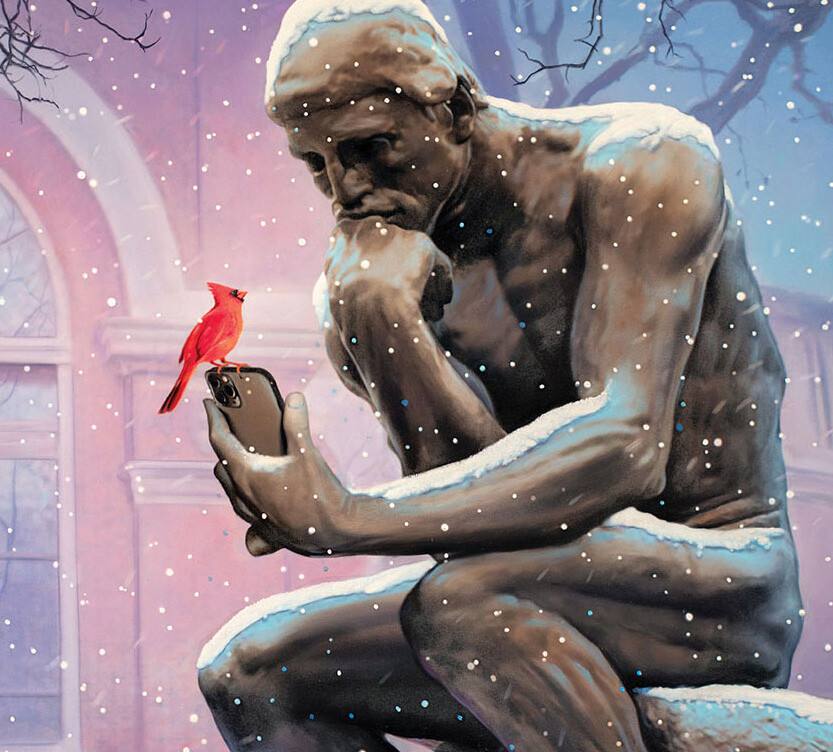
LIONS AND LIONS AND LIONS, OH MY!
There are enthusiasts, and there are obsessives. The FALL 2018 issue introduced readers to Michael Garrett ’66CC, ’69LAW, ’70BUS, a triple Columbia graduate who lives among some four thousand pieces of lion memorabilia — neckties, trinkets, and even a lion toilet — in his Brooklyn townhouse.
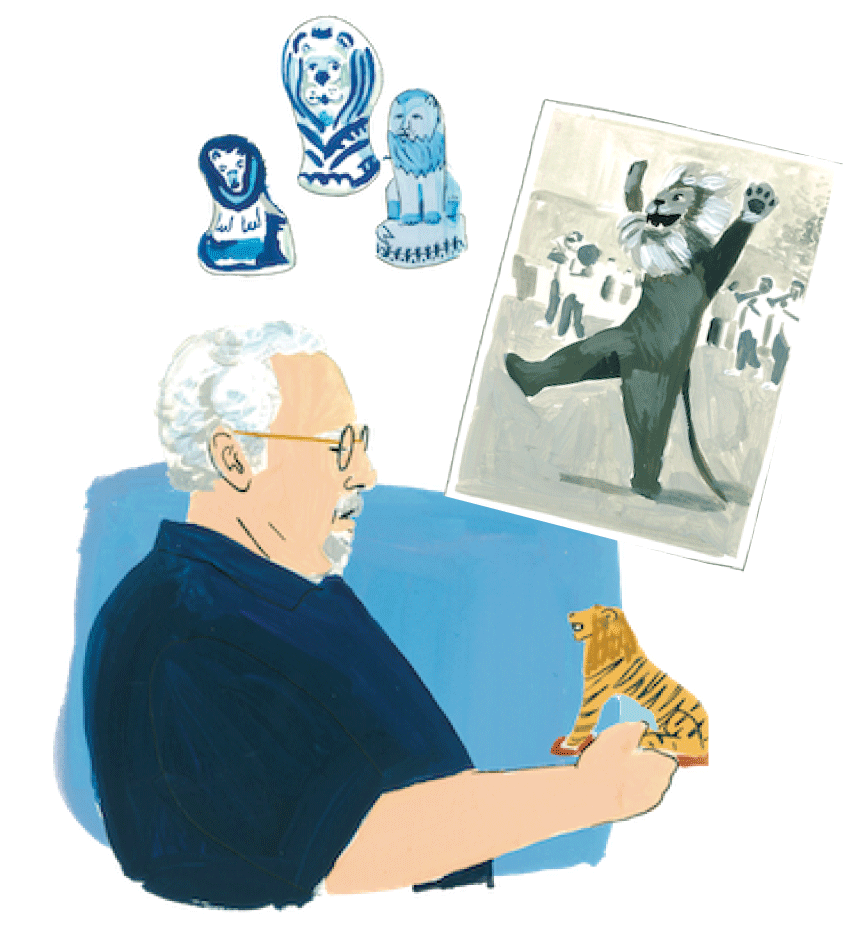
AN EARLY GUIDE TO THE COVID PANDEMIC
In March 2020, just weeks before the SPRING/SUMMER 2020 issue went to press, the World Health Organization offcially declared COVID-19 a pandemic. Columbia classes were canceled, nonessential staffers (including the magazine’s editors) were sent home, and New York City fast became a ghost town. But at the University, experts from virologists to gerontologists were working overtime on the front lines of the crisis. After talking with dozens of these researchers, we published “What We Have Learned from the Pandemic (So Far),” an early acknowledgment of the huge role Columbia was to play in helping the world understand the scope of the coronavirus epidemic.
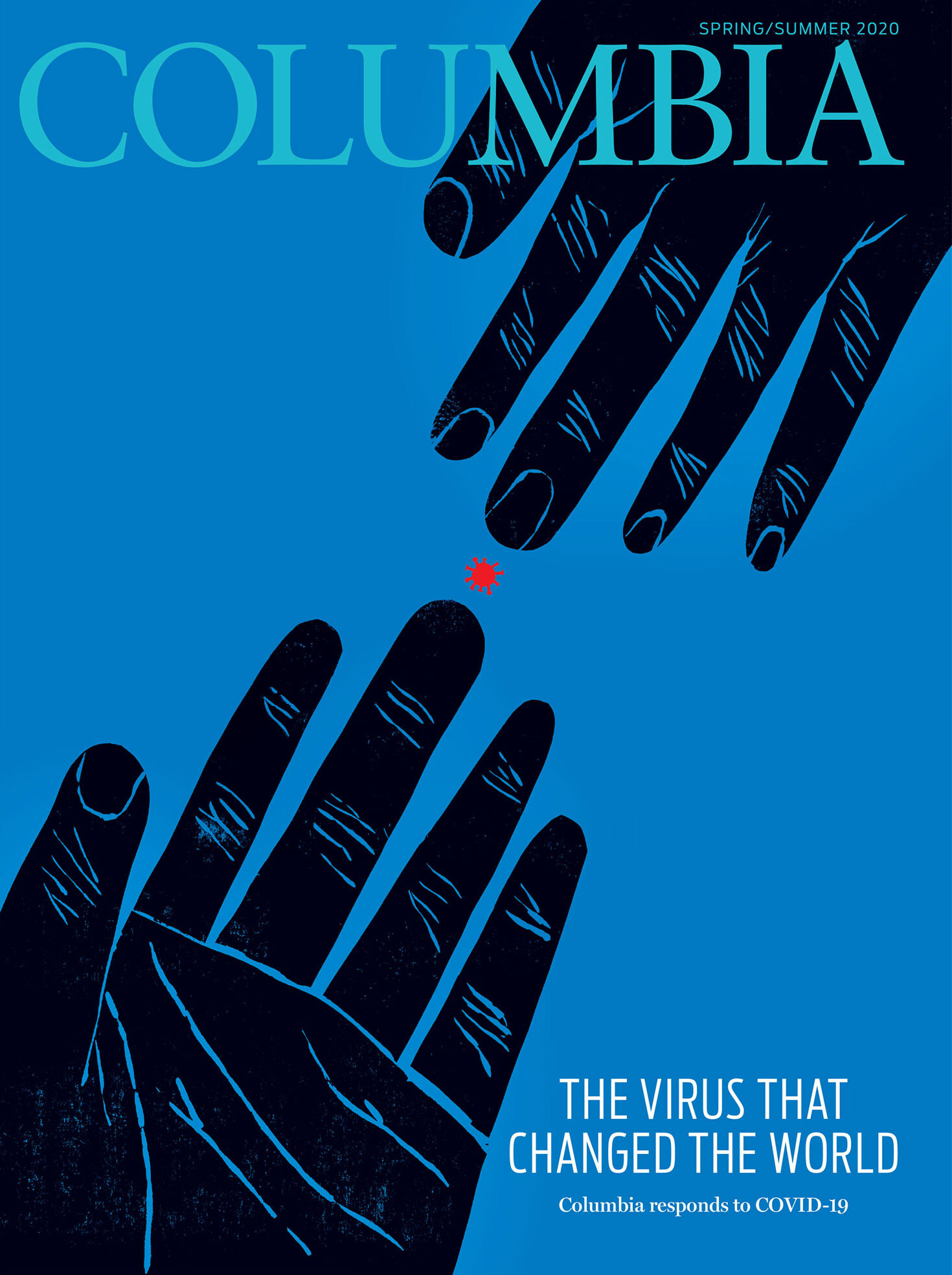
“By some measures, Americans are more deeply divided, politically and culturally, than we have ever been before in our history.”
The FALL 2020 issue featured a Q&A with conflict-resolution expert Peter T. Coleman ’97TC, founding director of Columbia’s Difficult Conversations Lab.
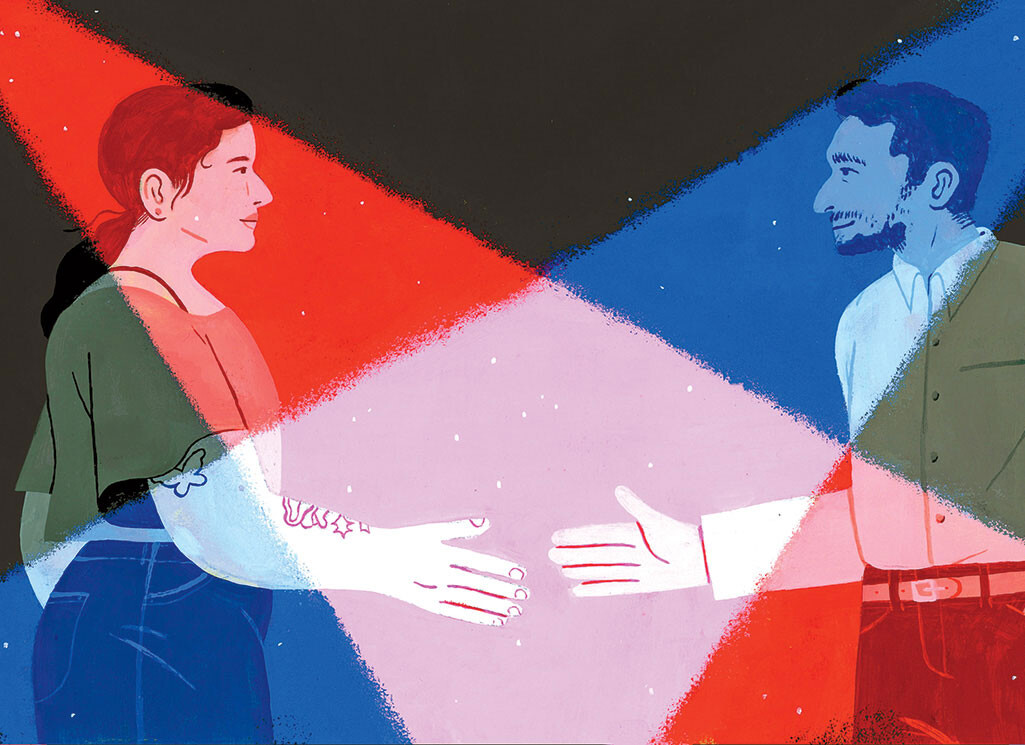
TRANSLATION EXPLORATION
Columbia has been home to some of the world’s greatest translators, but the act of literary translation has always been a mystery: what — and who — are we really reading when we read a translated work? Guided by accomplished Columbia translators present and past, we took a deep dive into this largely misunderstood and overlooked process in our WINTER 2021–22 issue.
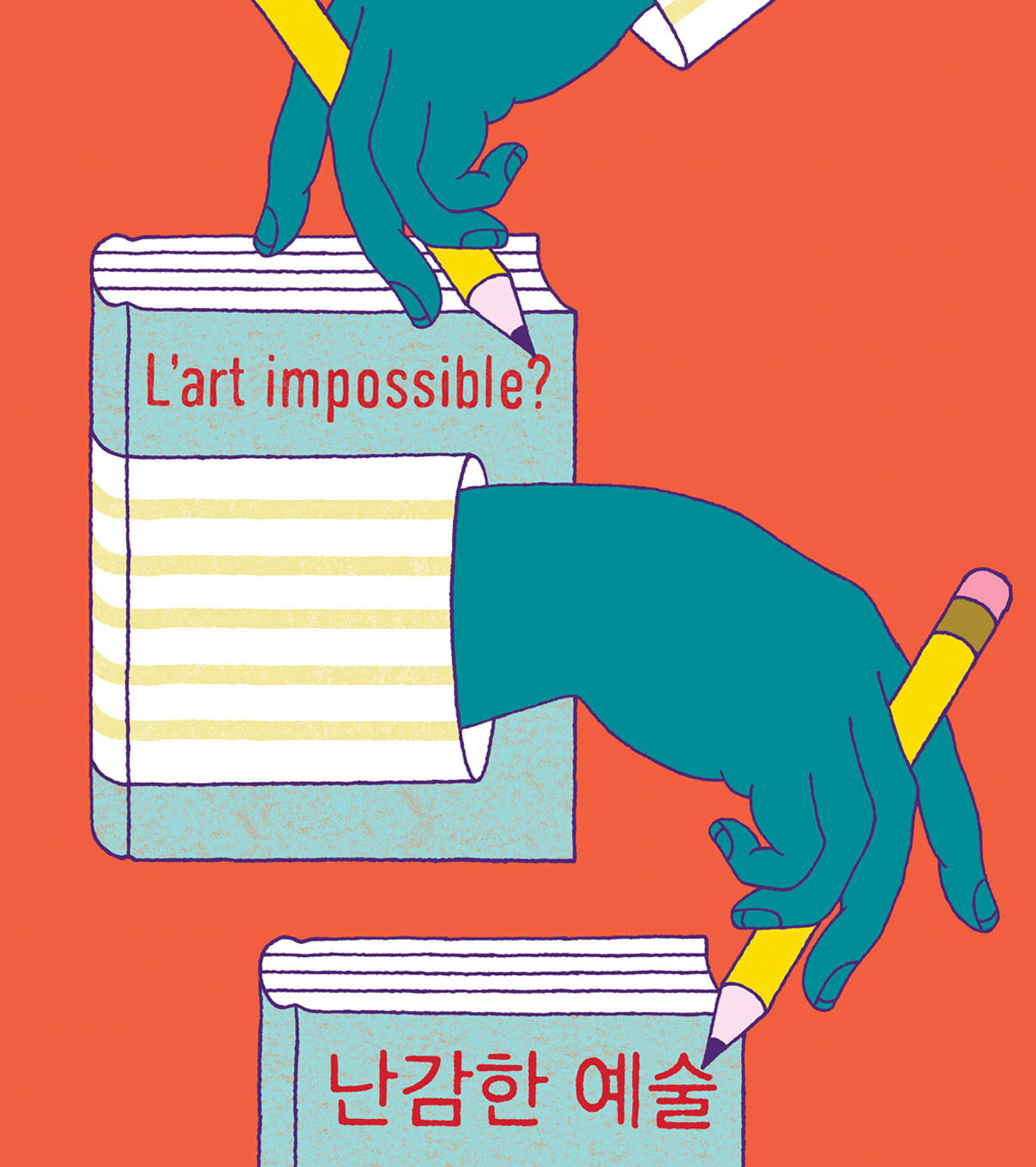
FROM BOOTS TO BOOKS
Fun fact: Columbia has more military veterans in its student body than all the other Ivies combined. We told the stories behind the numbers in a SPRING/SUMMER 2023 feature.
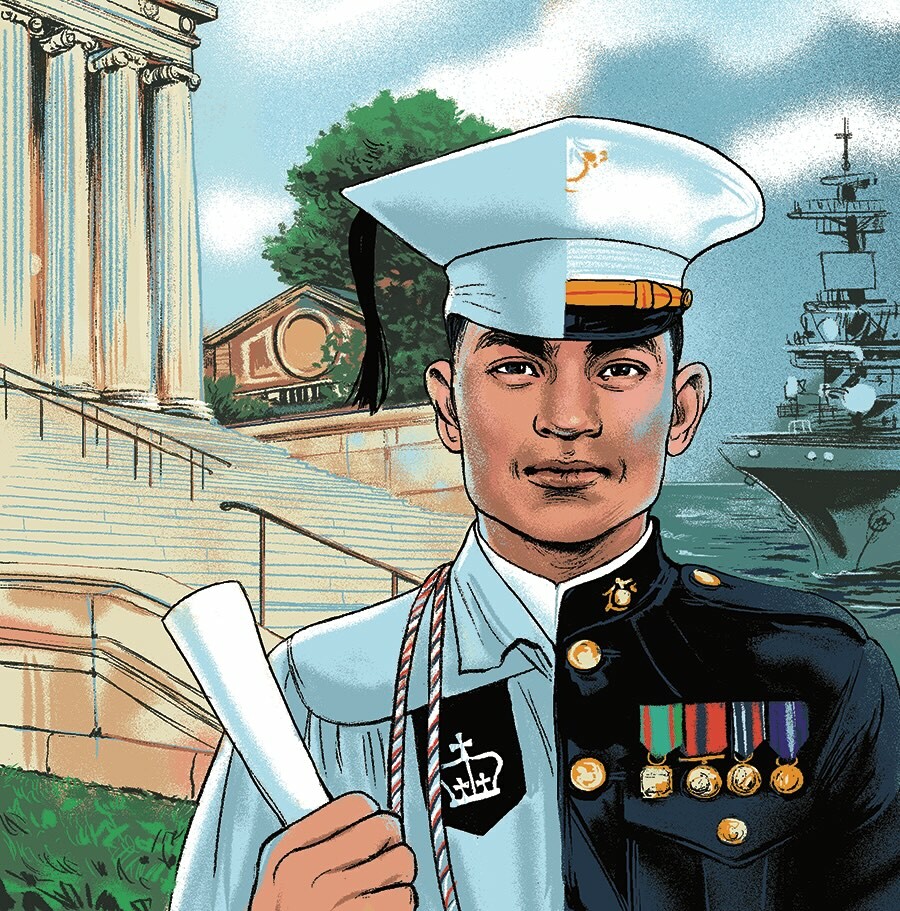
IN SEARCH OF SAFER GROUND
Our FALL 2024 cover feature explored how worsening foods, wildfires, and hurricanes are reshaping the US real-estate market and dictating where Americans can safely live. It described how climate disasters may eventually force millions of people to relocate and highlighted the efforts of Columbia faculty and students, especially those at the new Columbia Climate School, to help communities at risk create strategies for a more resilient future.
Special thanks to Joanna M. Rios and Jocelyn Wilk from the Columbia University Rare Book & Manuscript Library for research assistance.
